Bicycling to Alaska
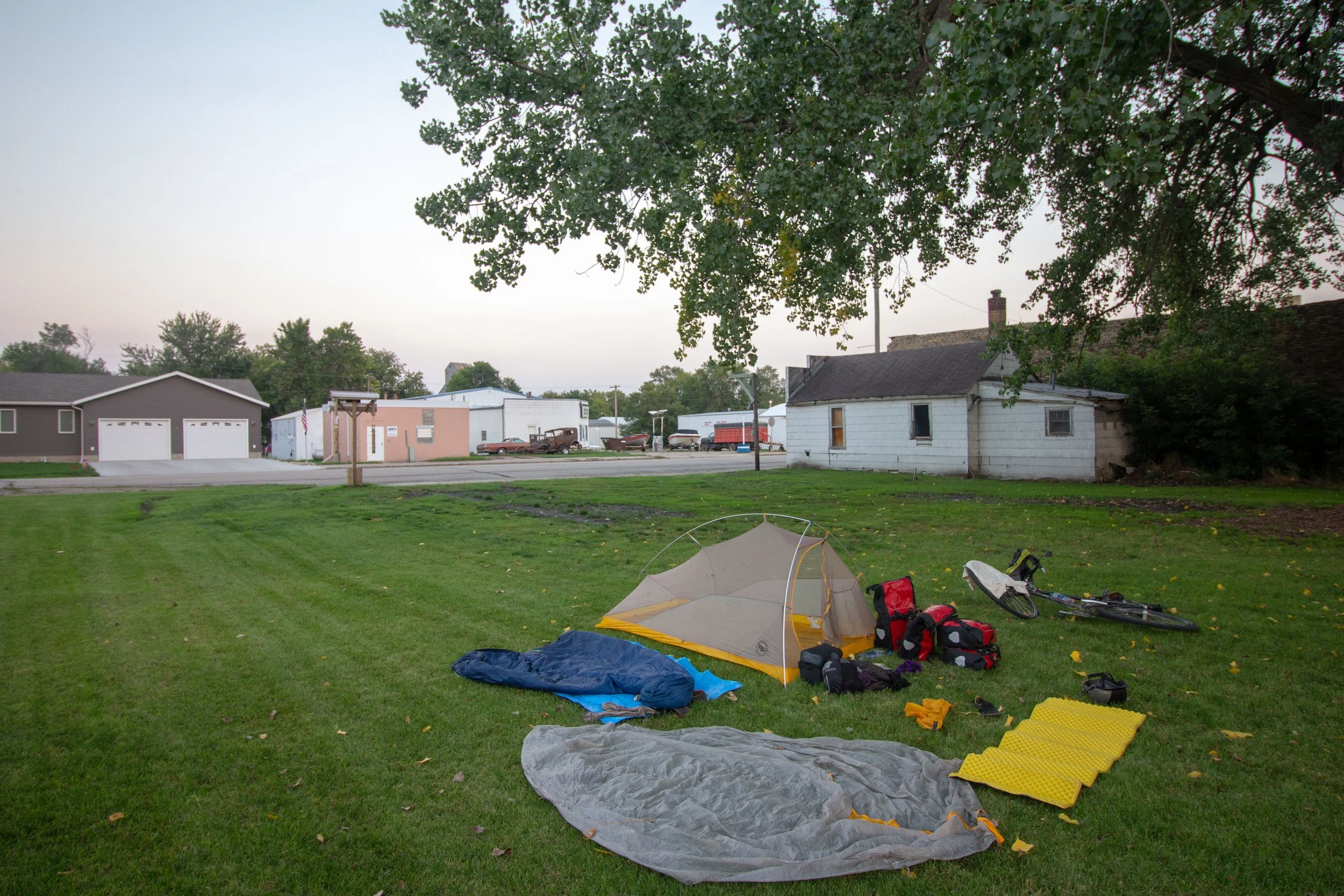
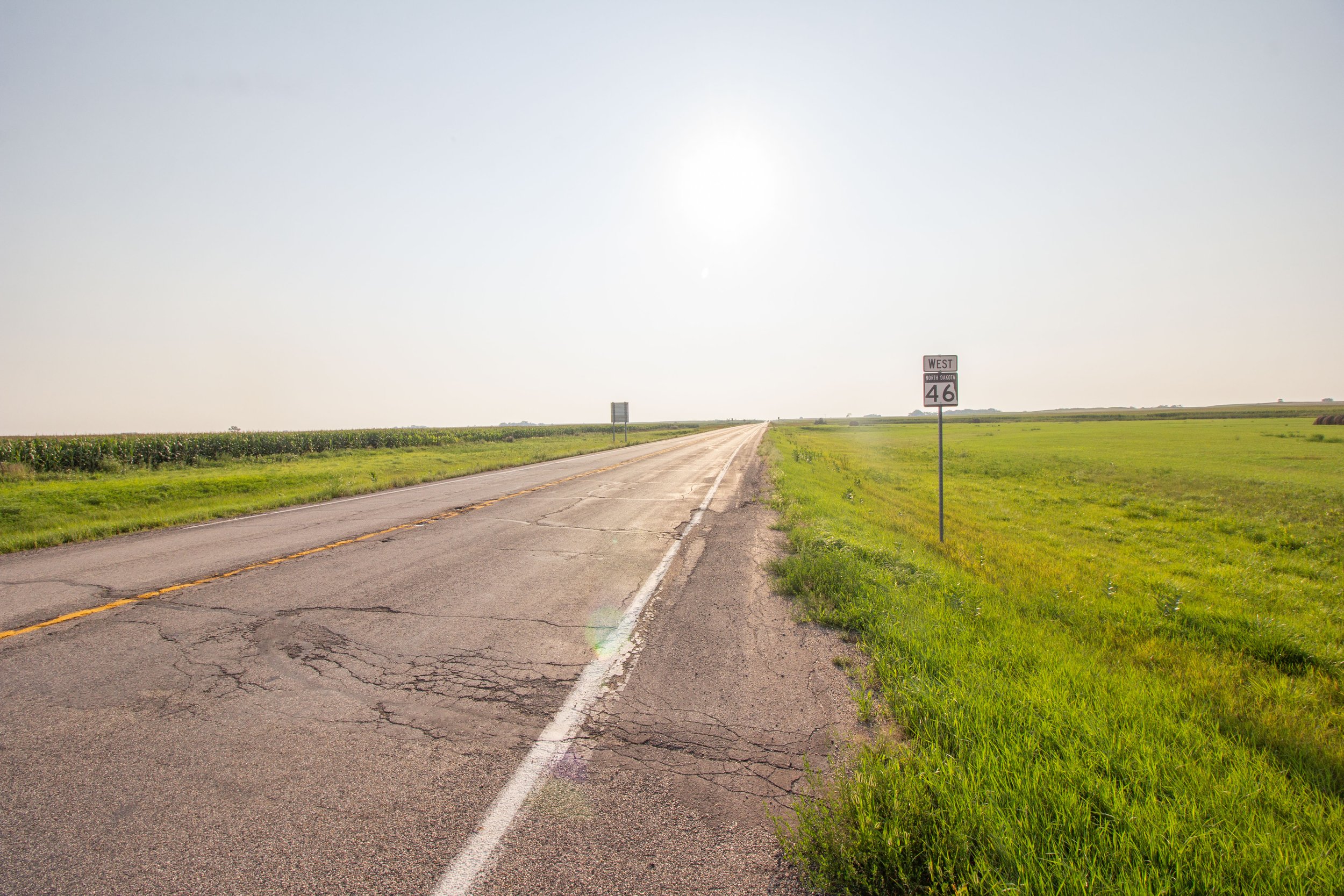
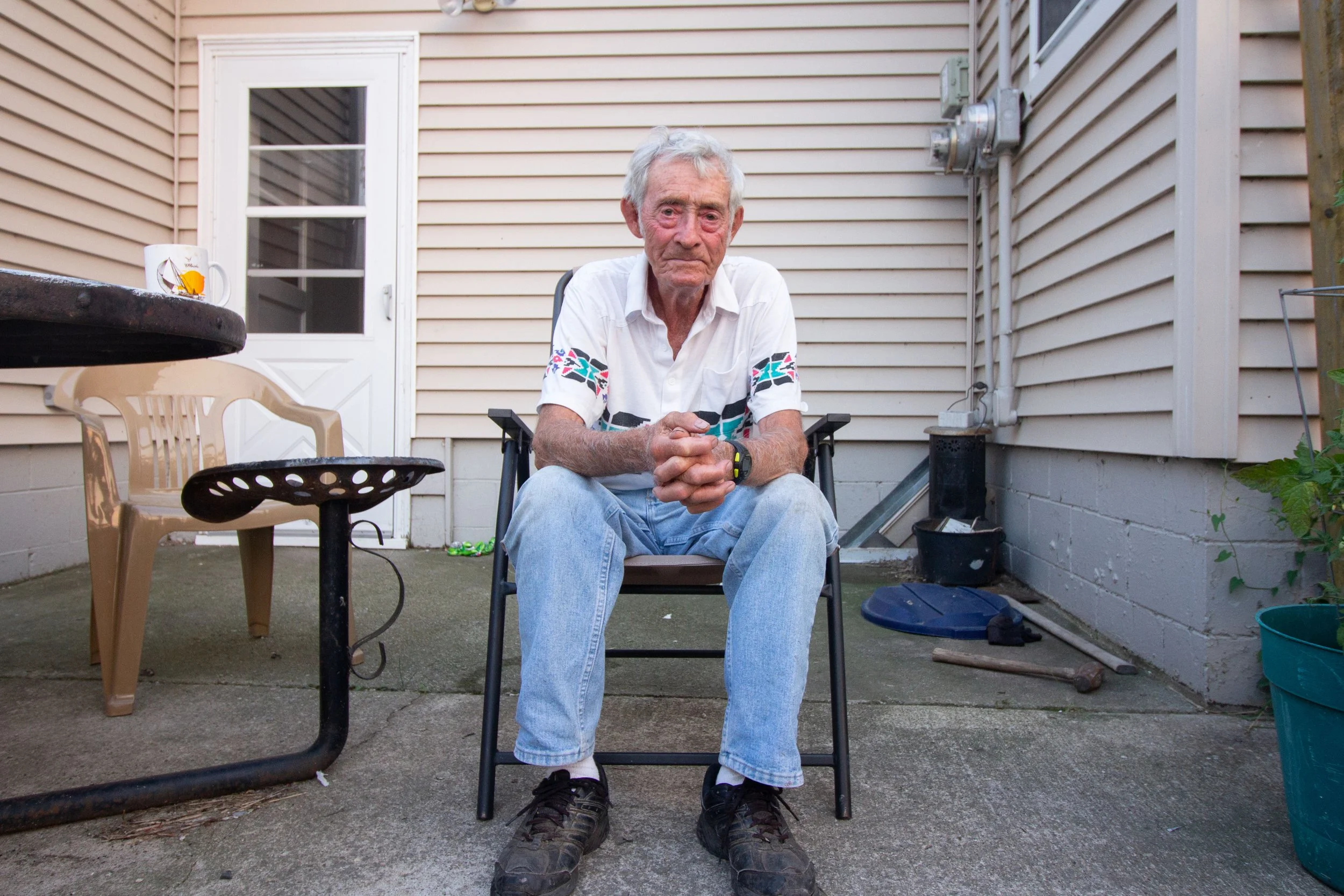
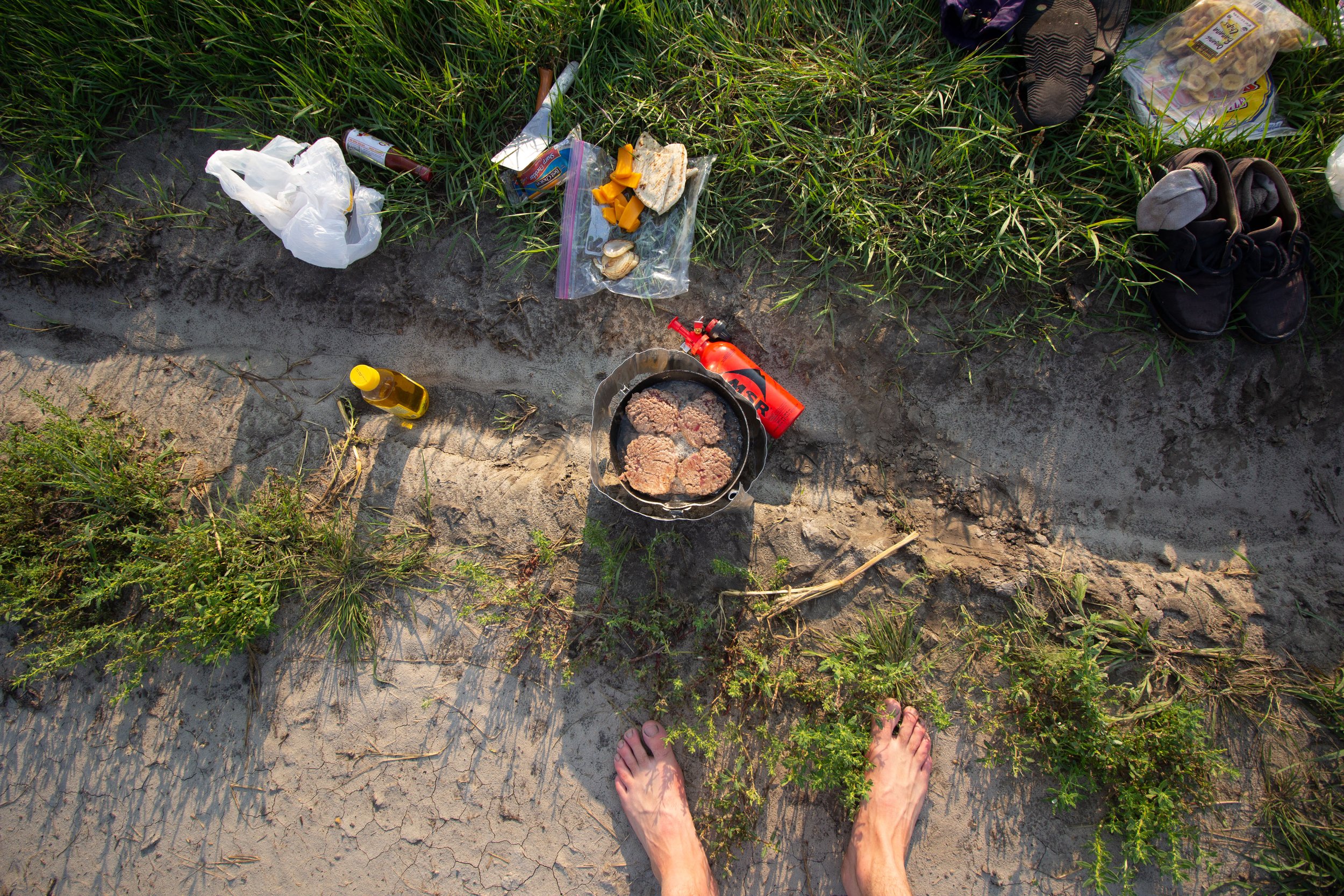
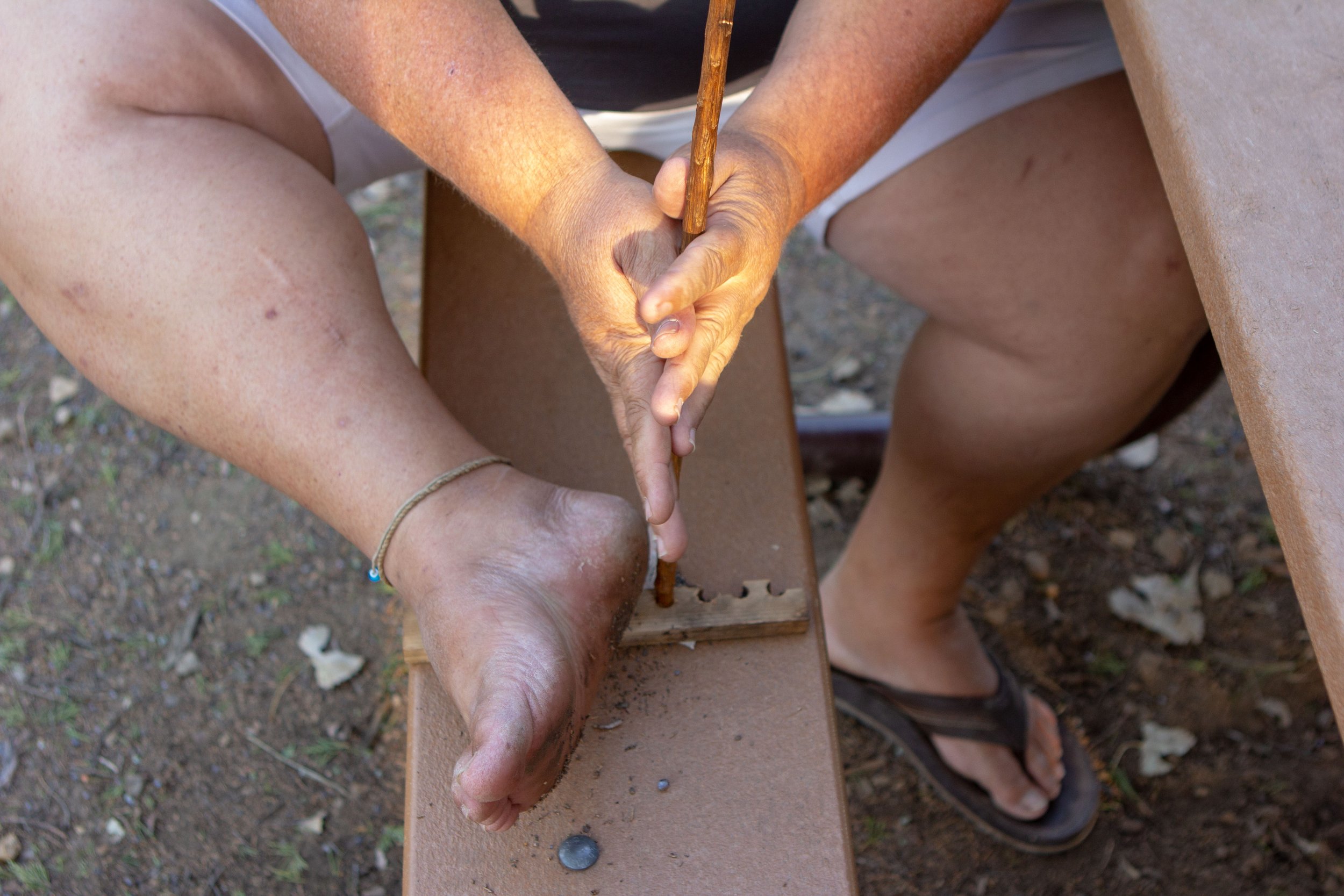
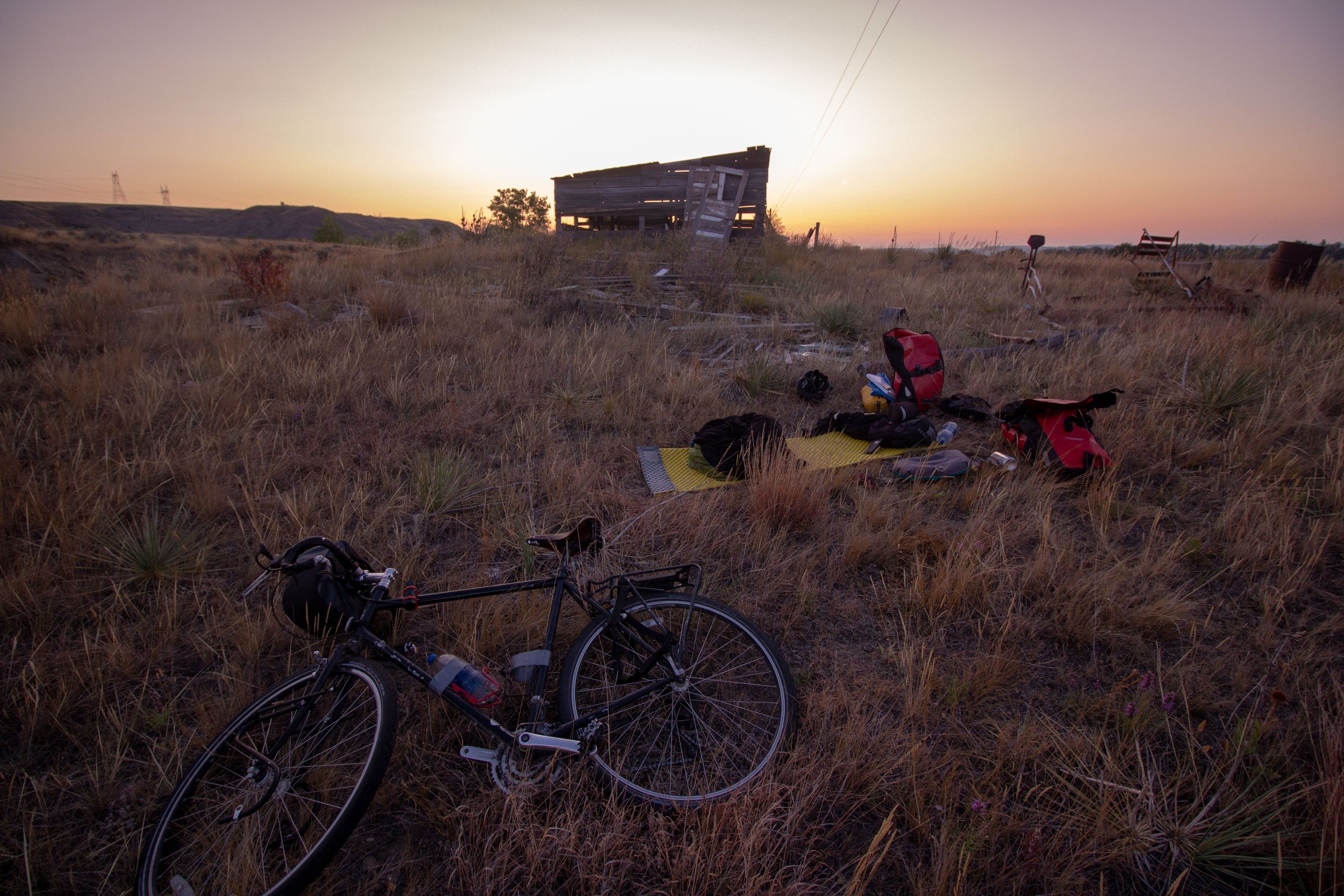
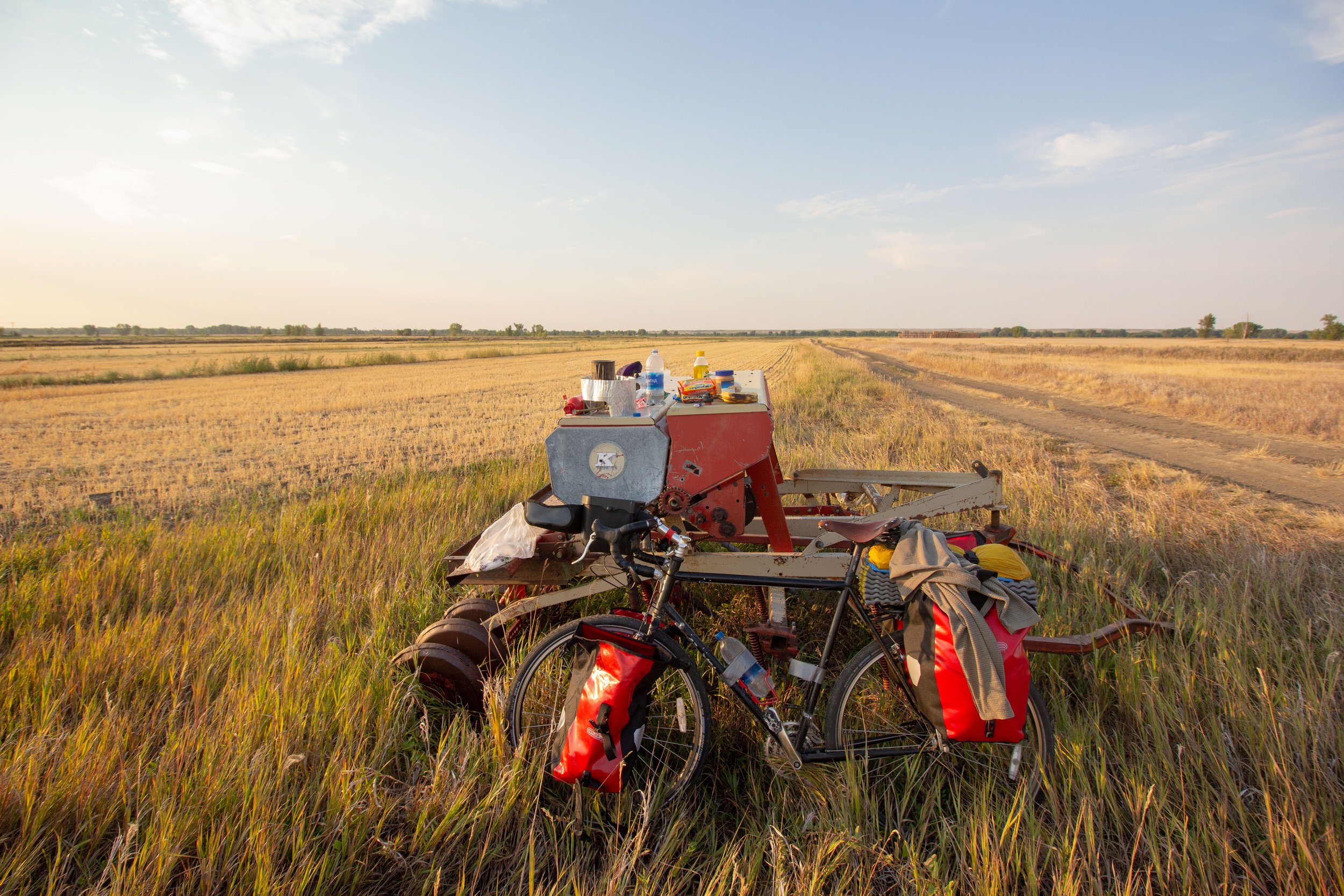
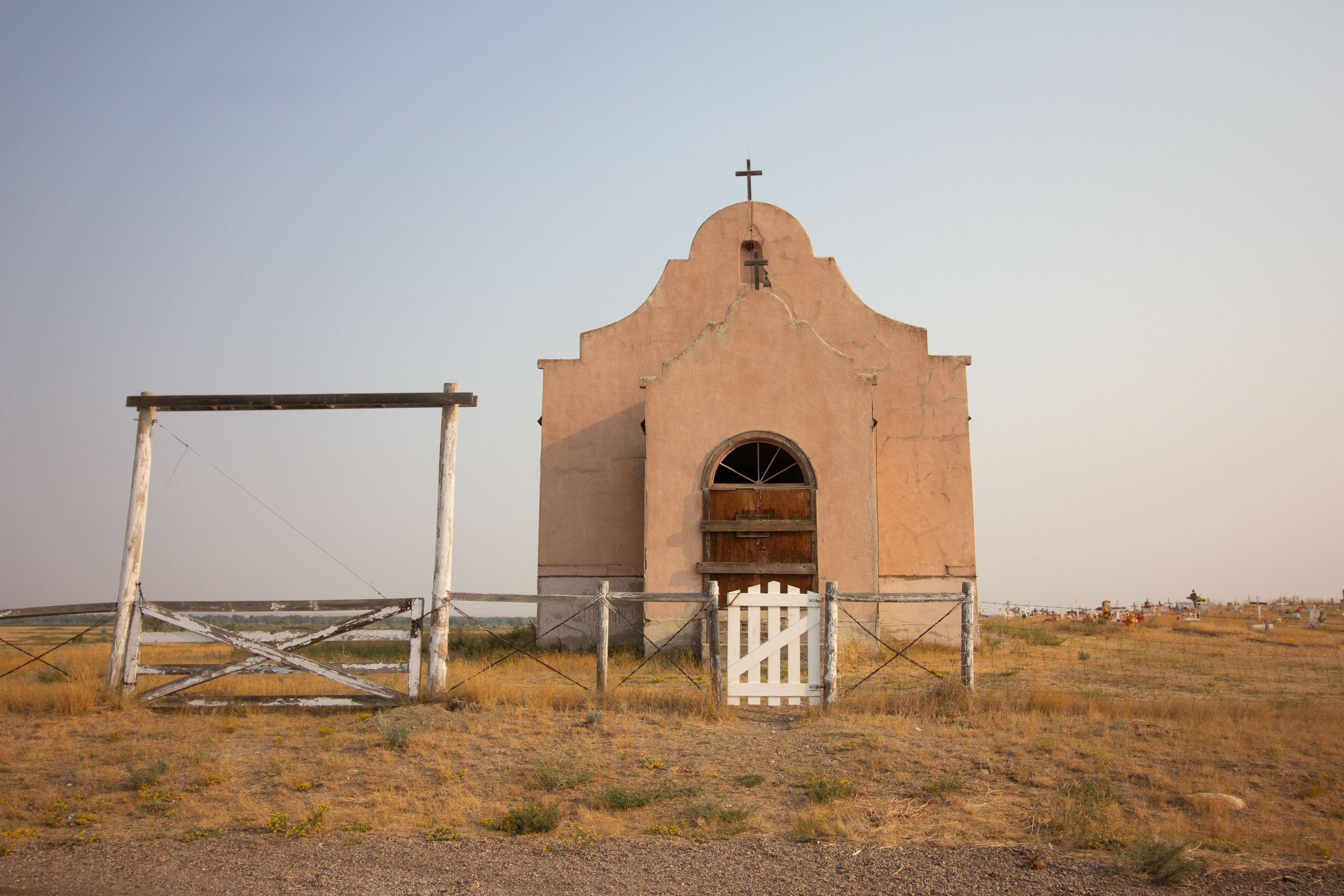
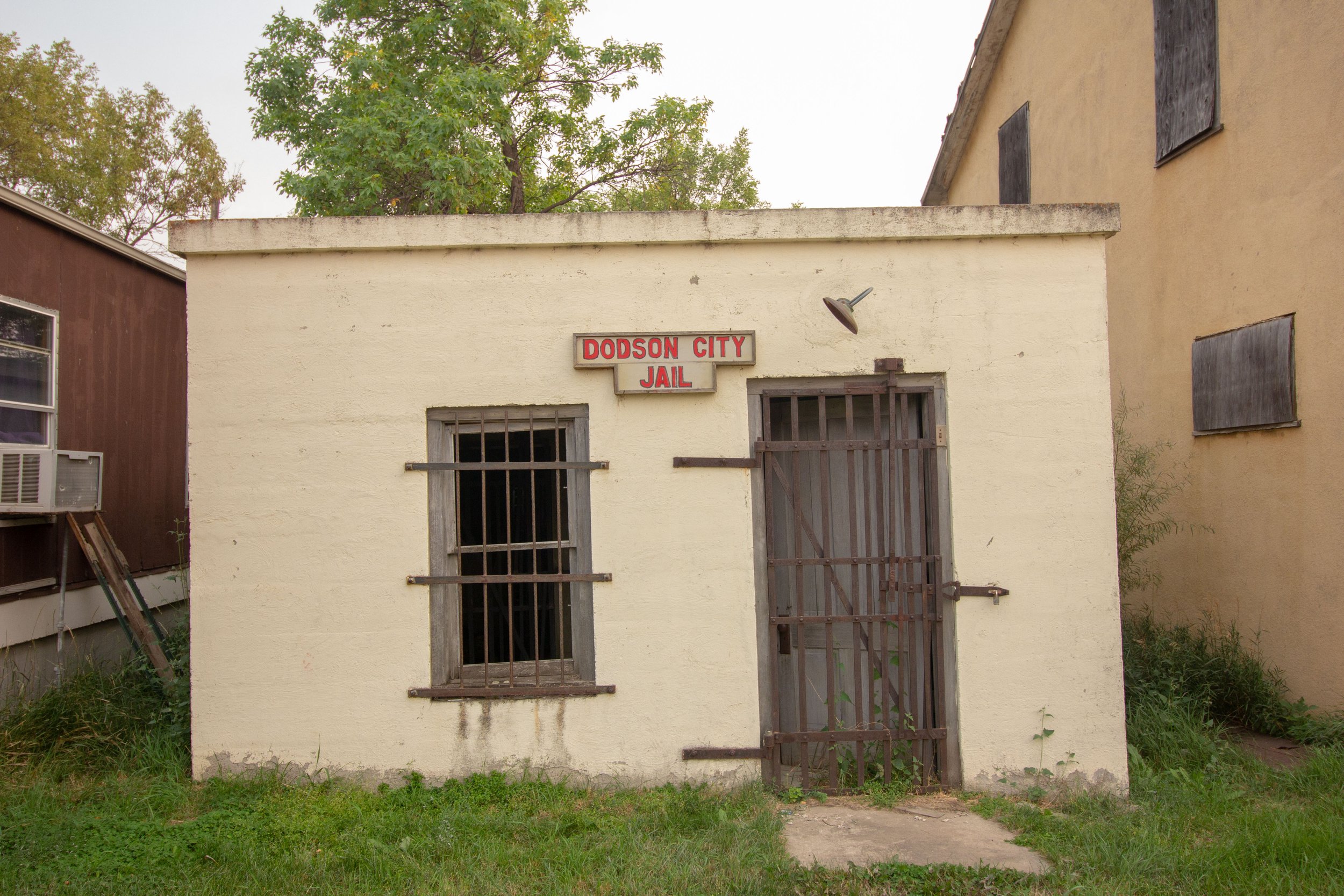
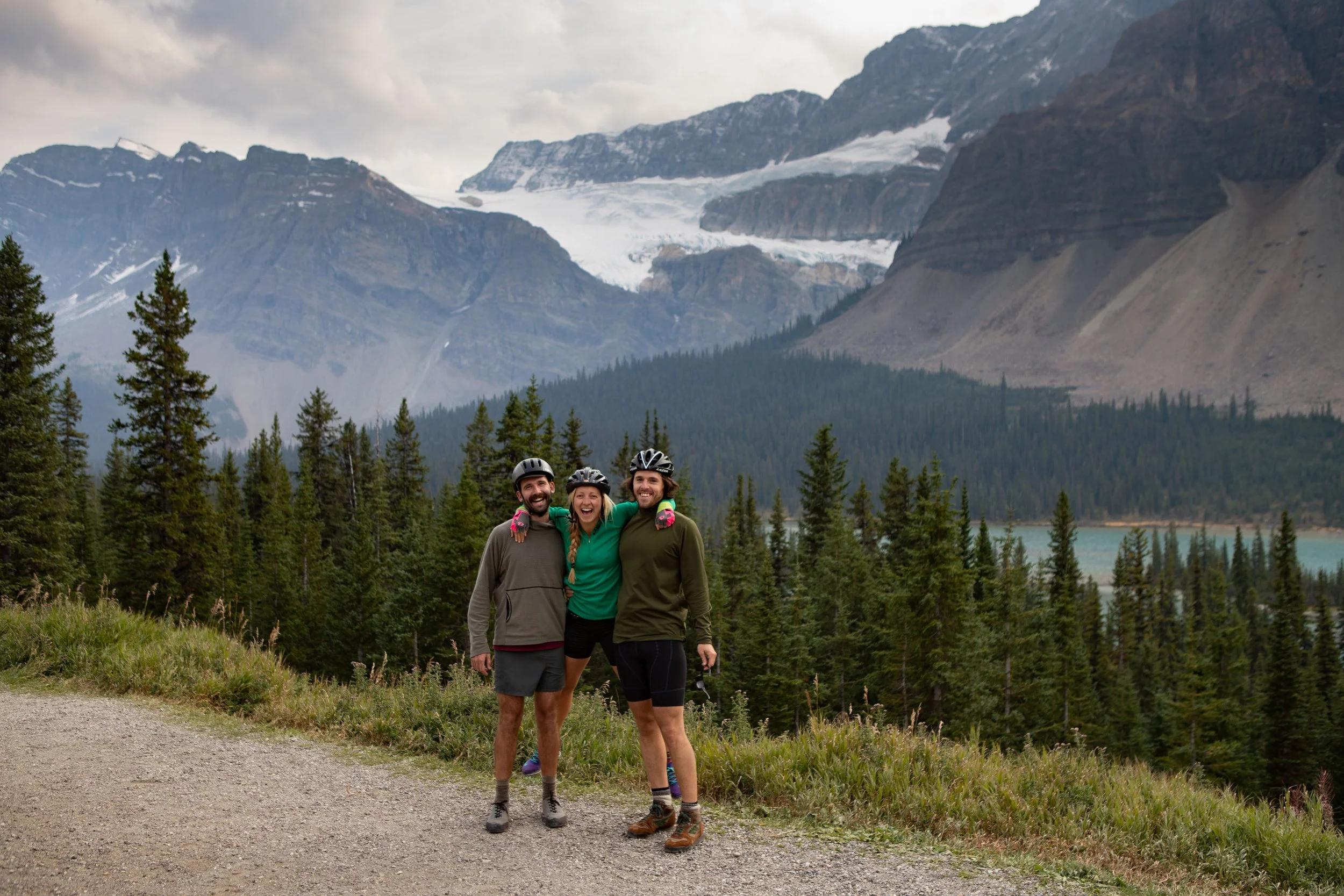
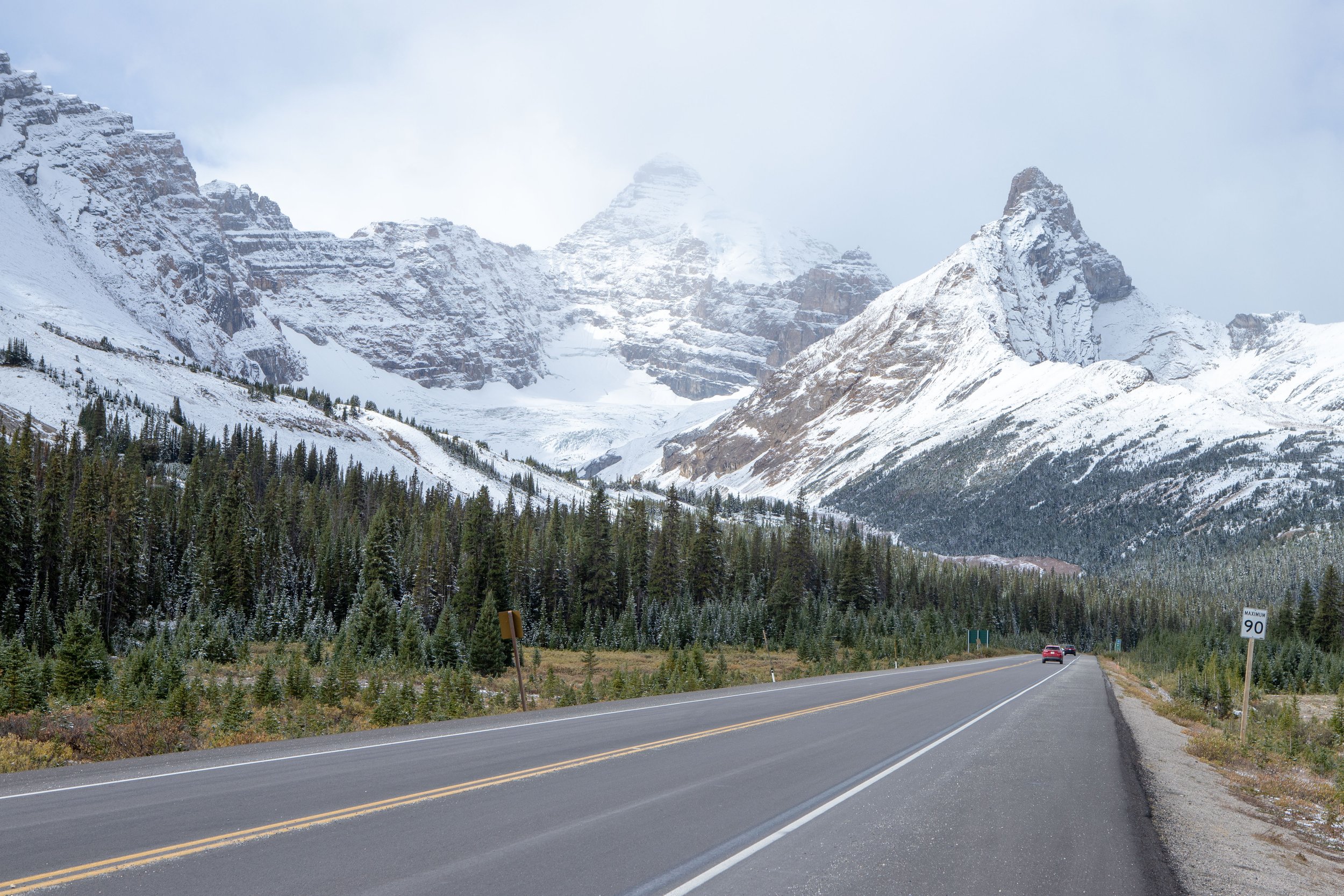
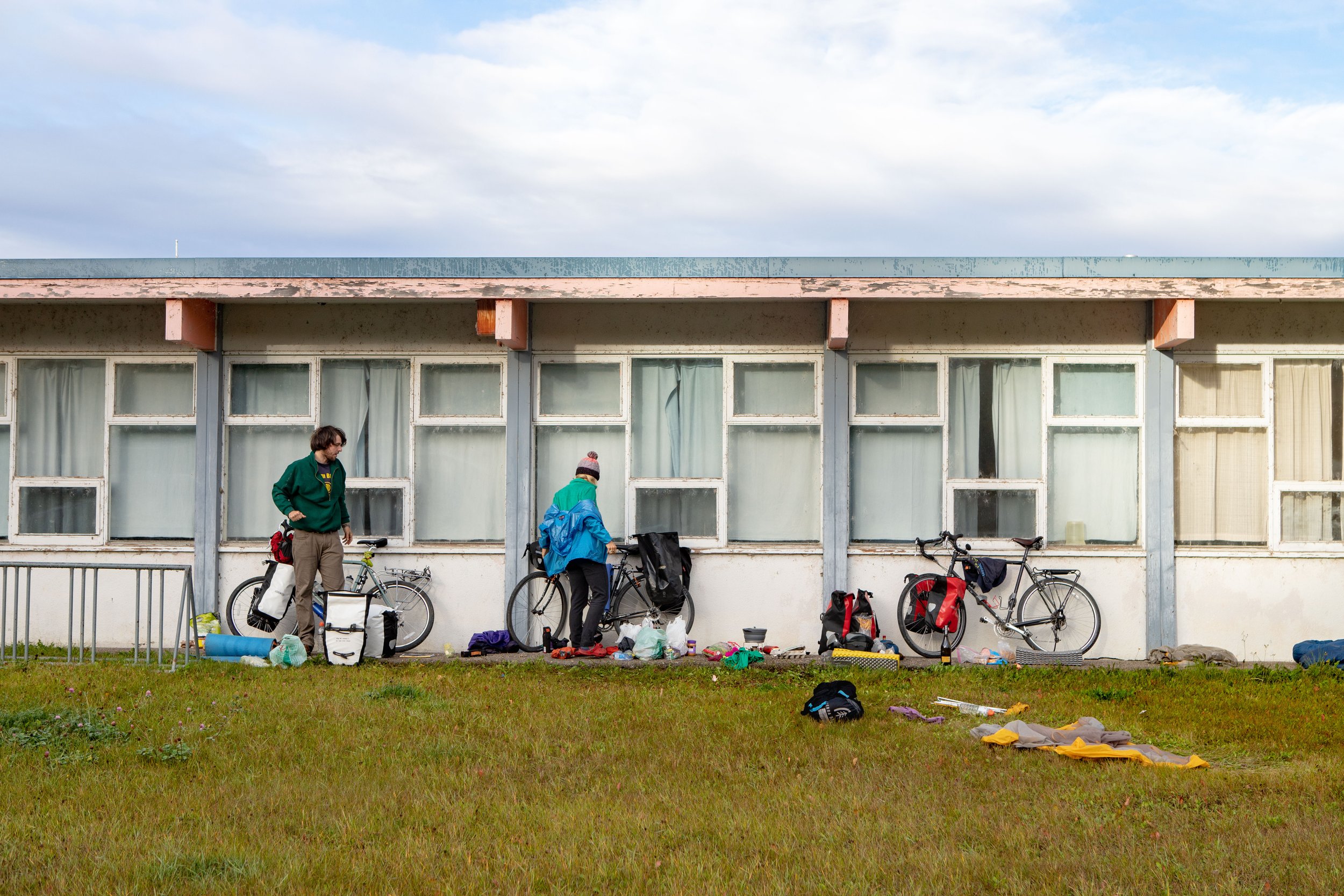
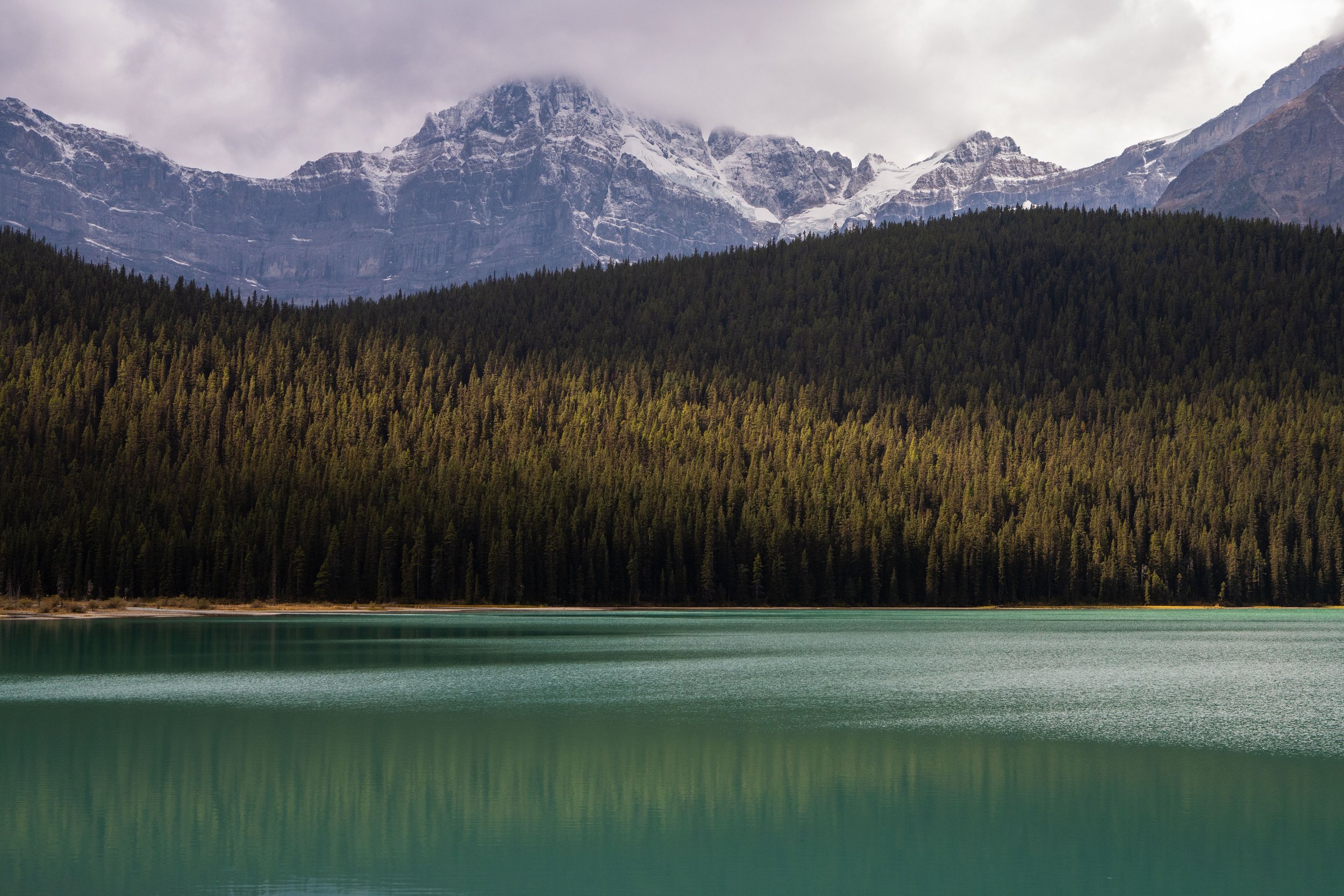
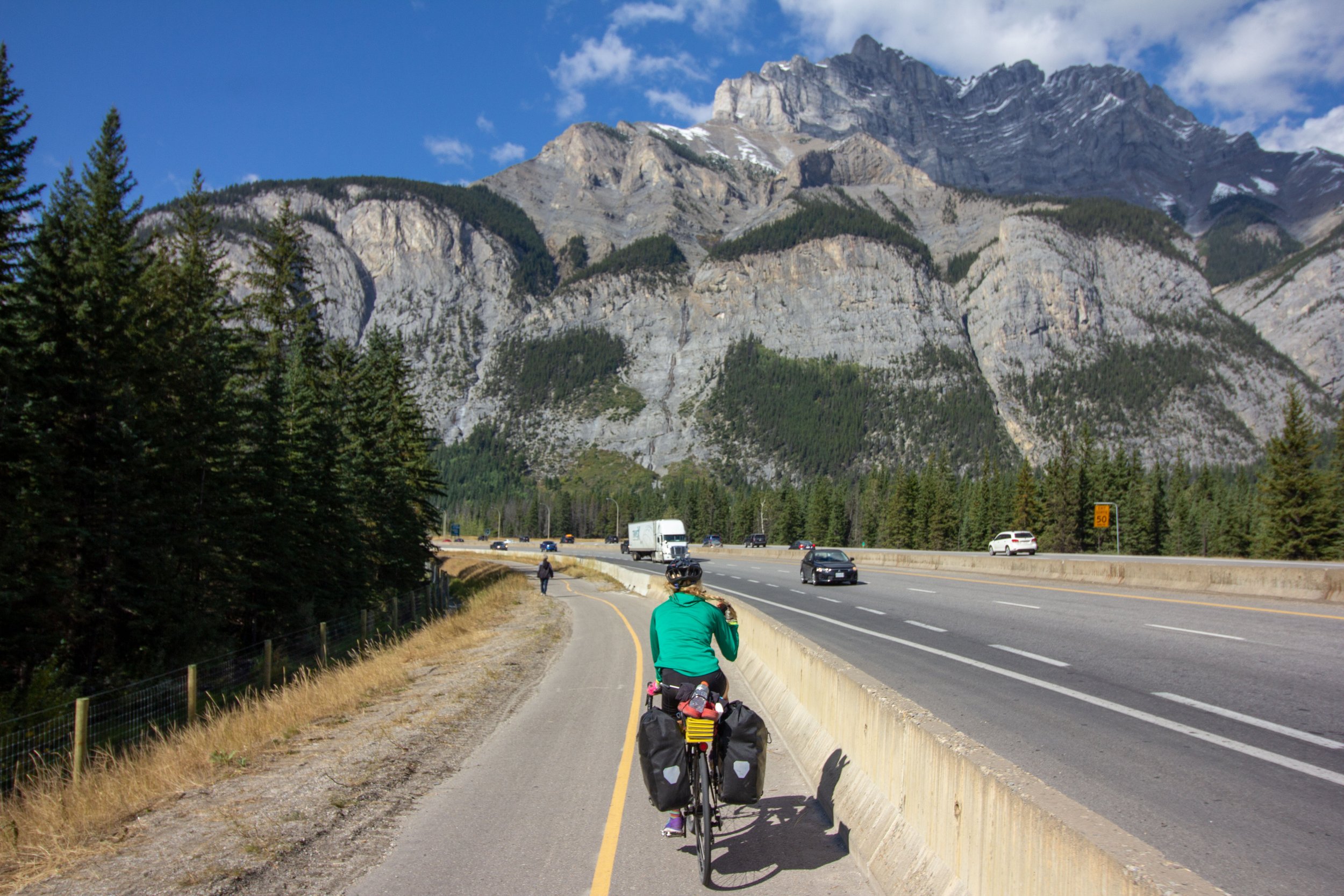
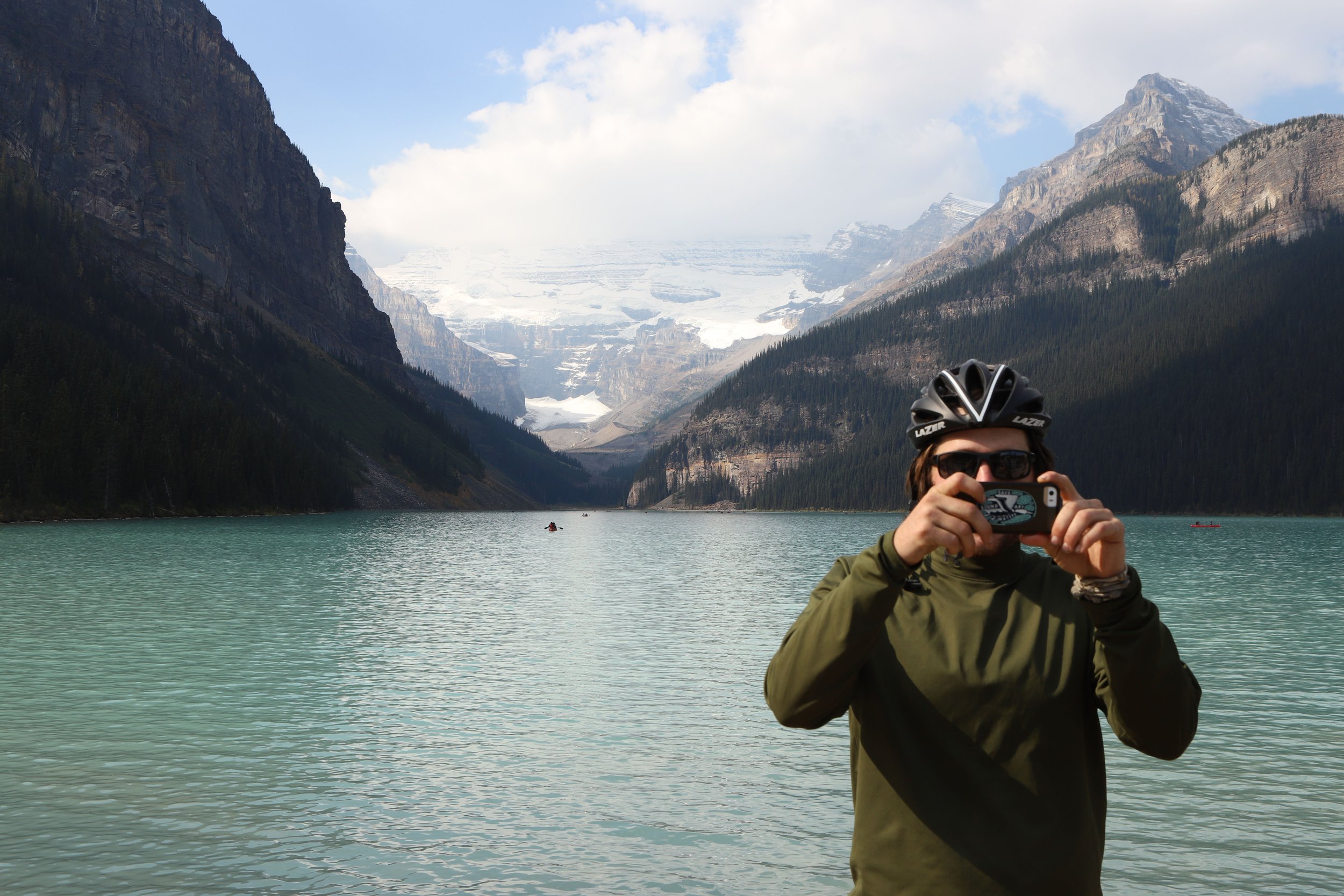
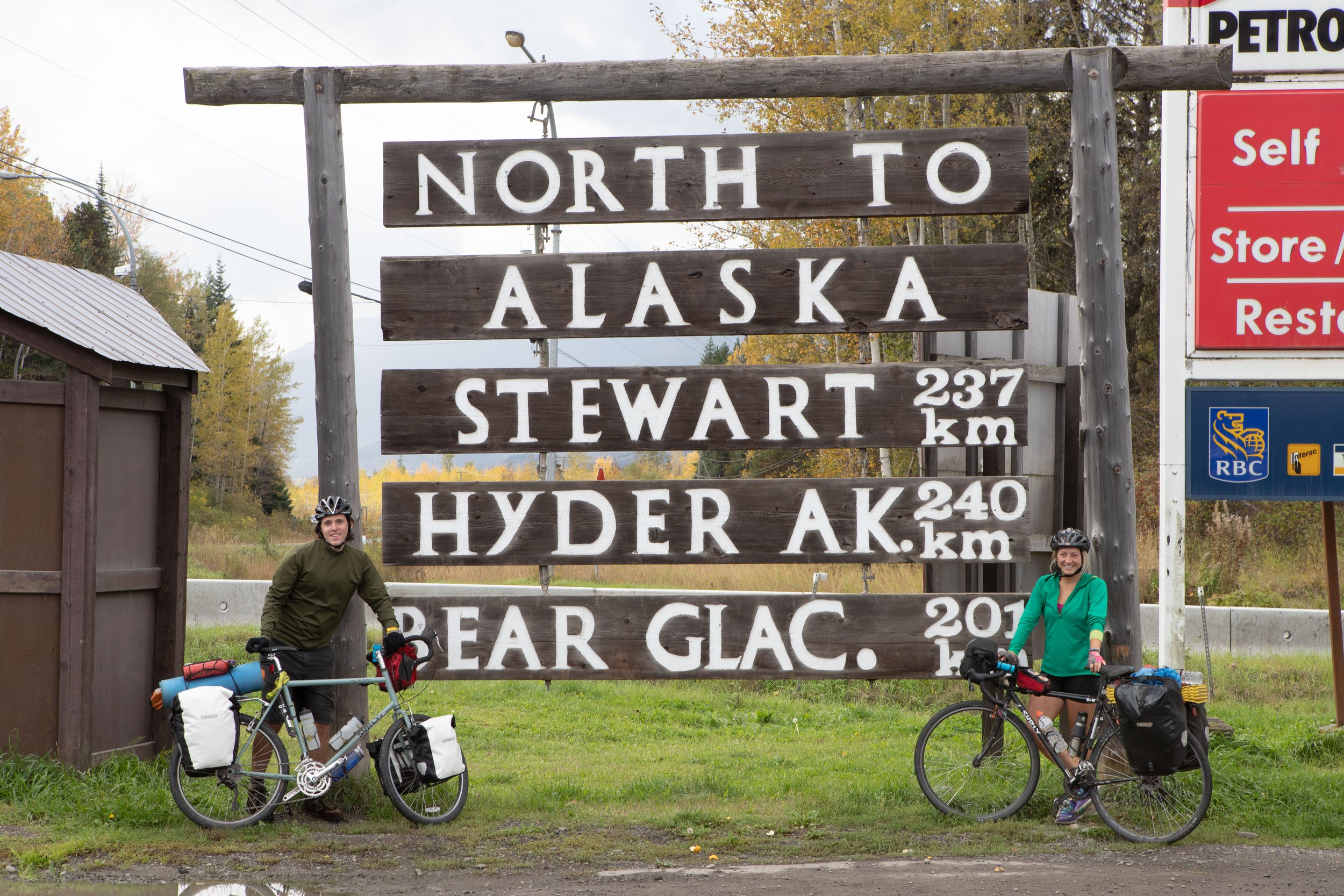
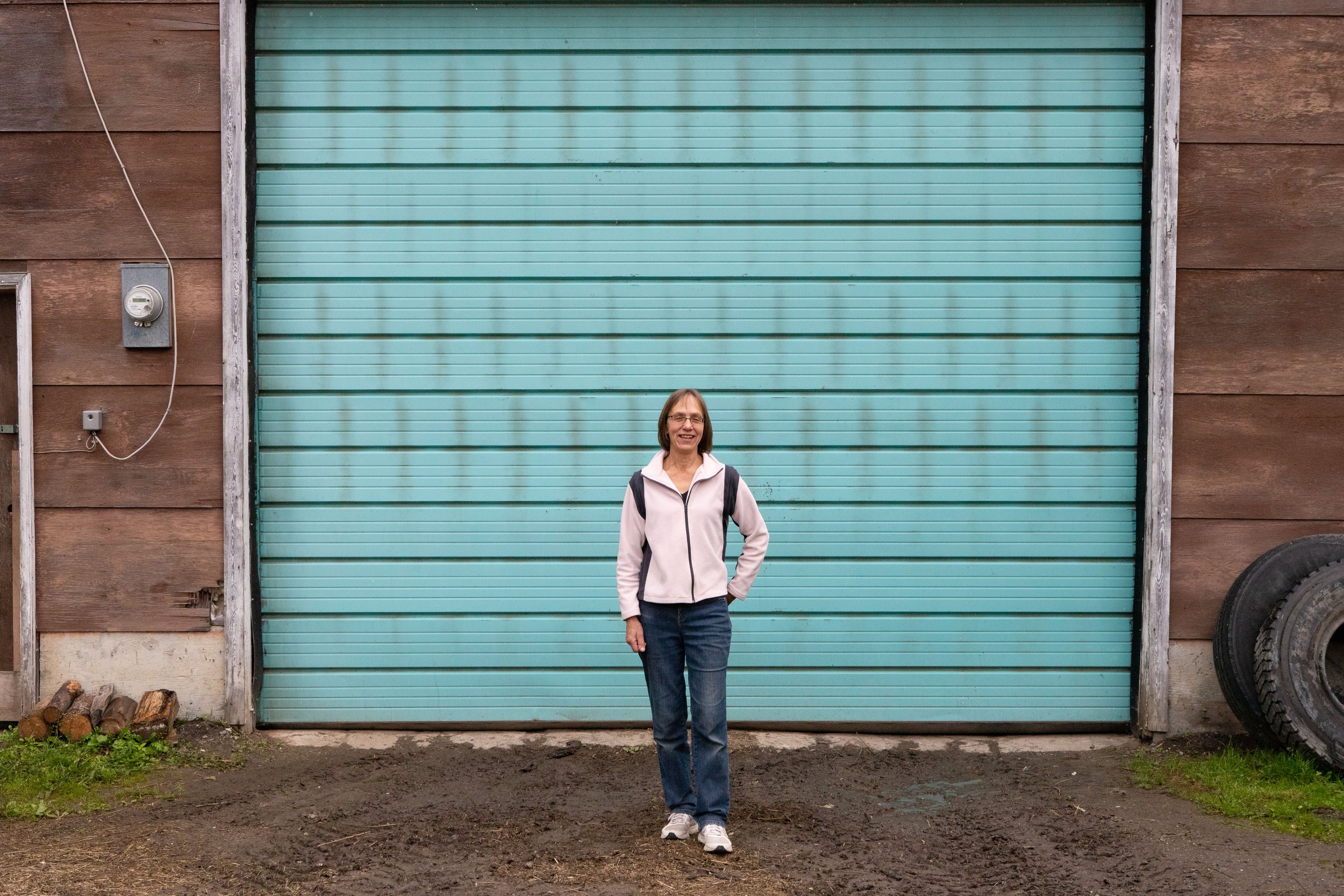
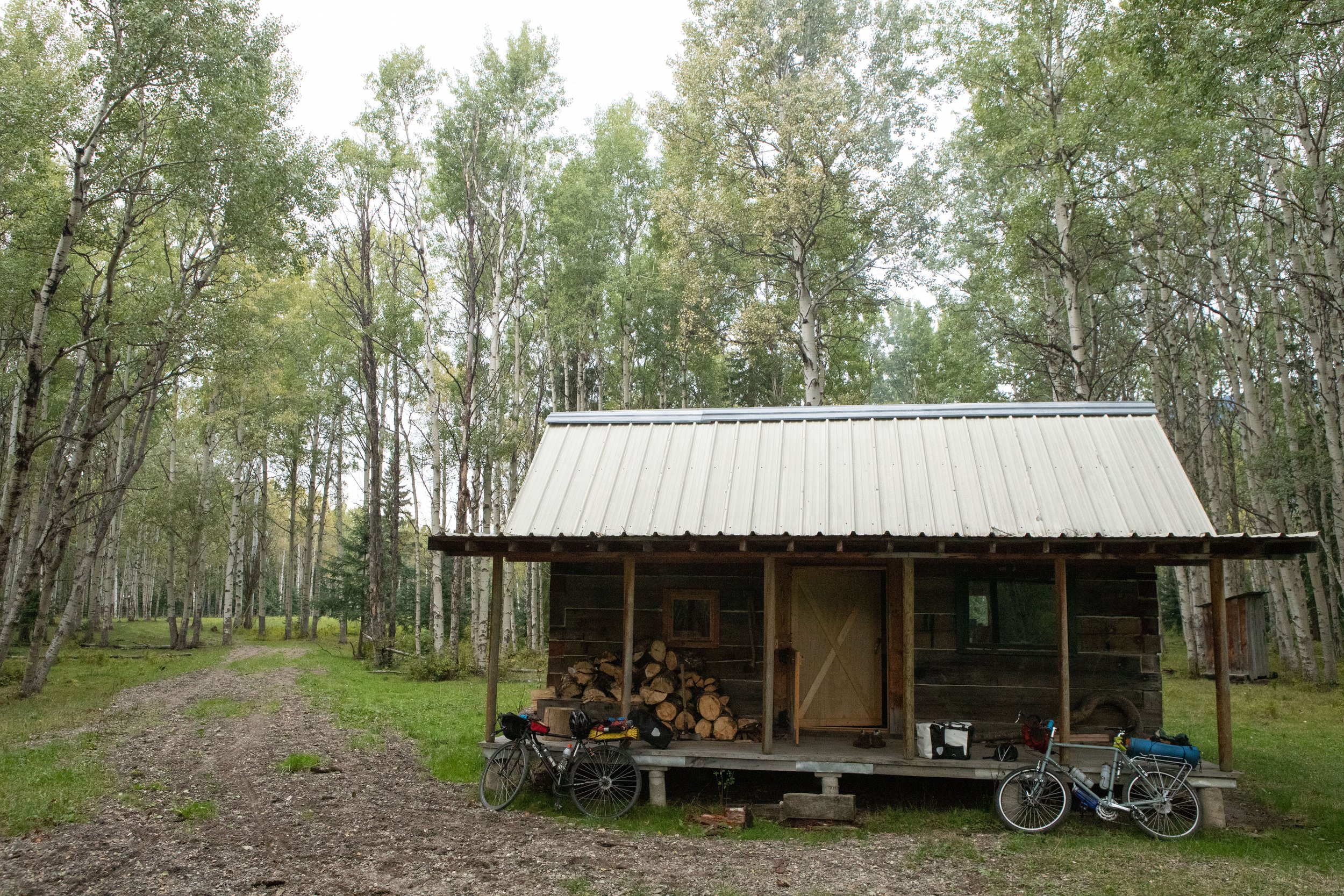
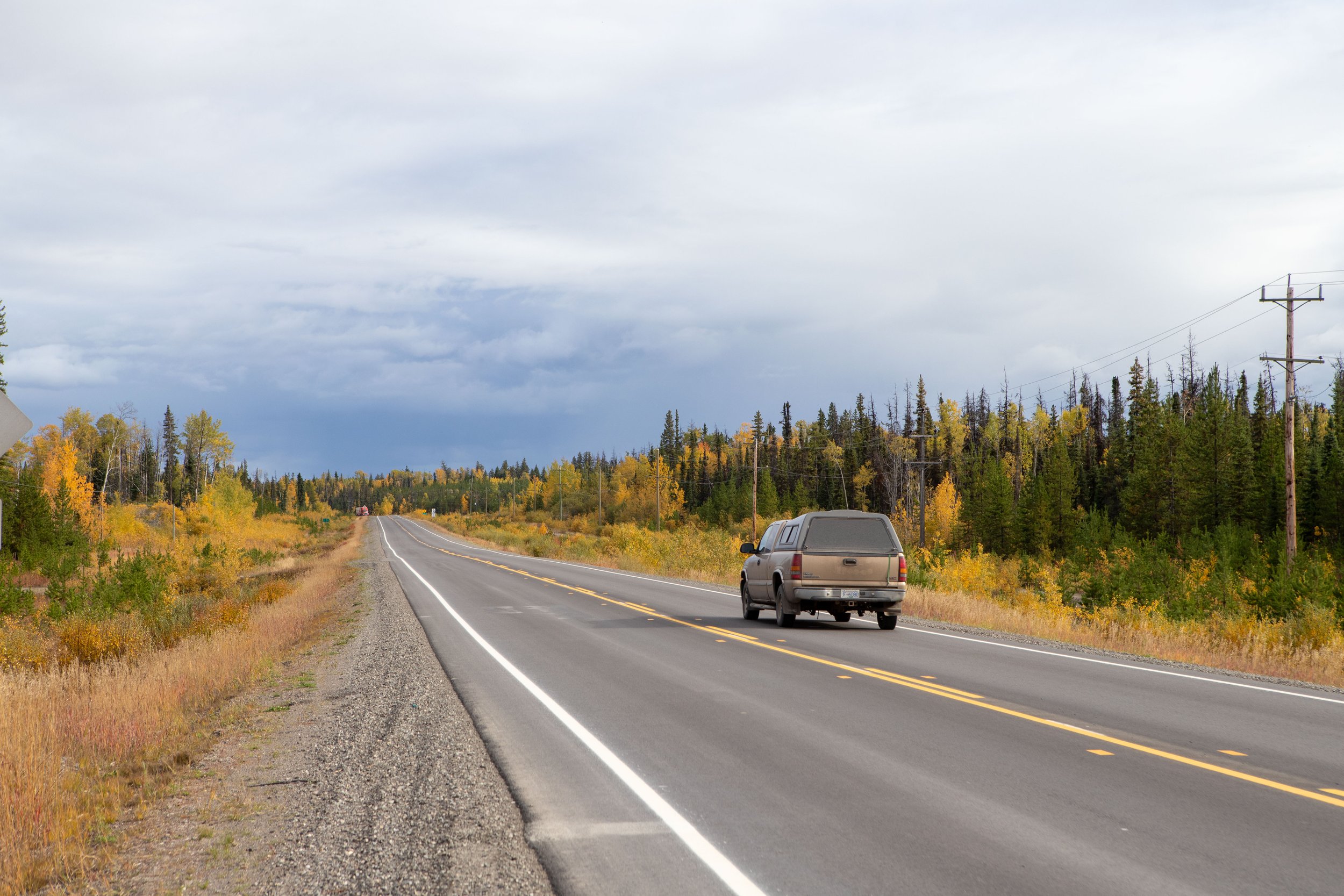
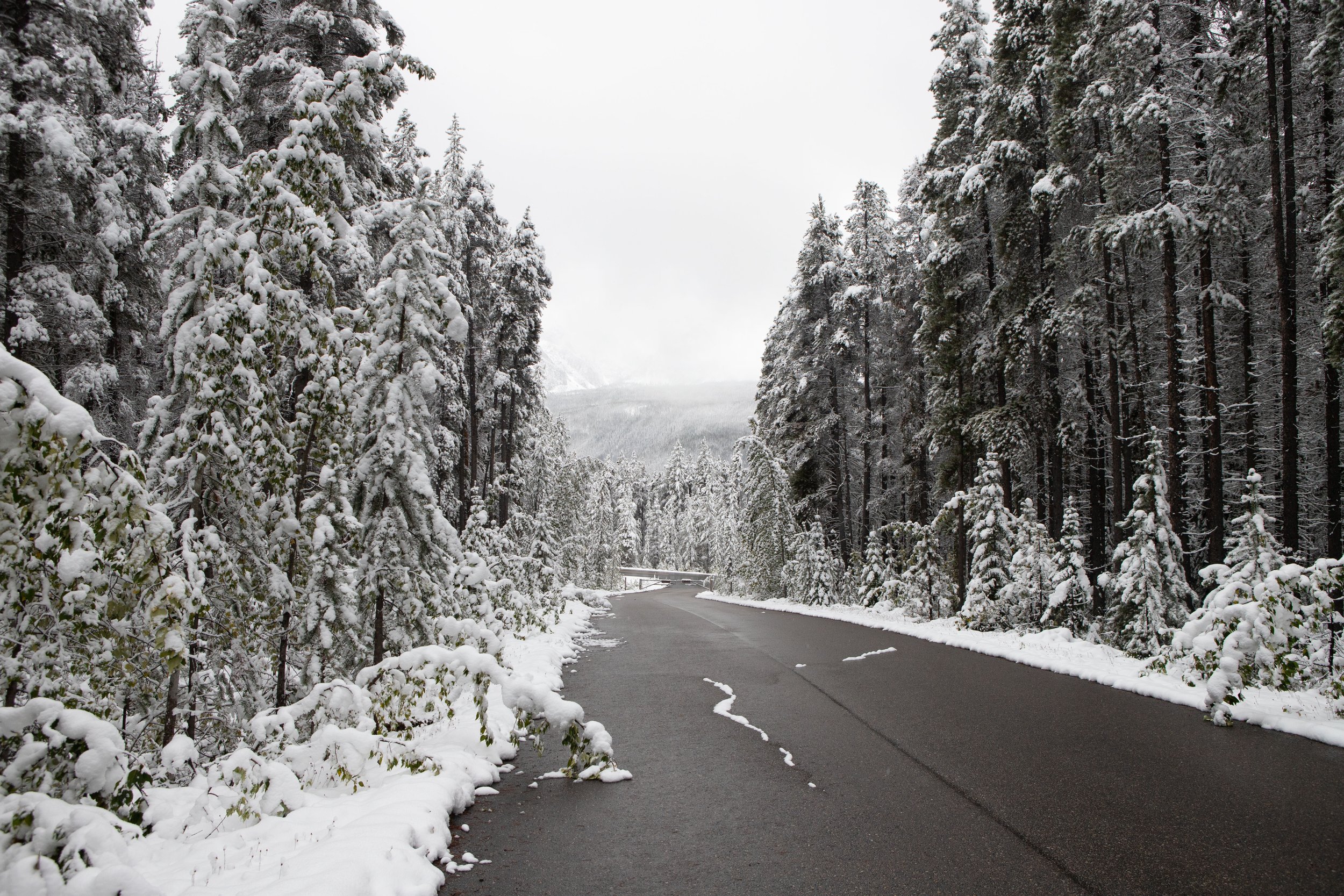
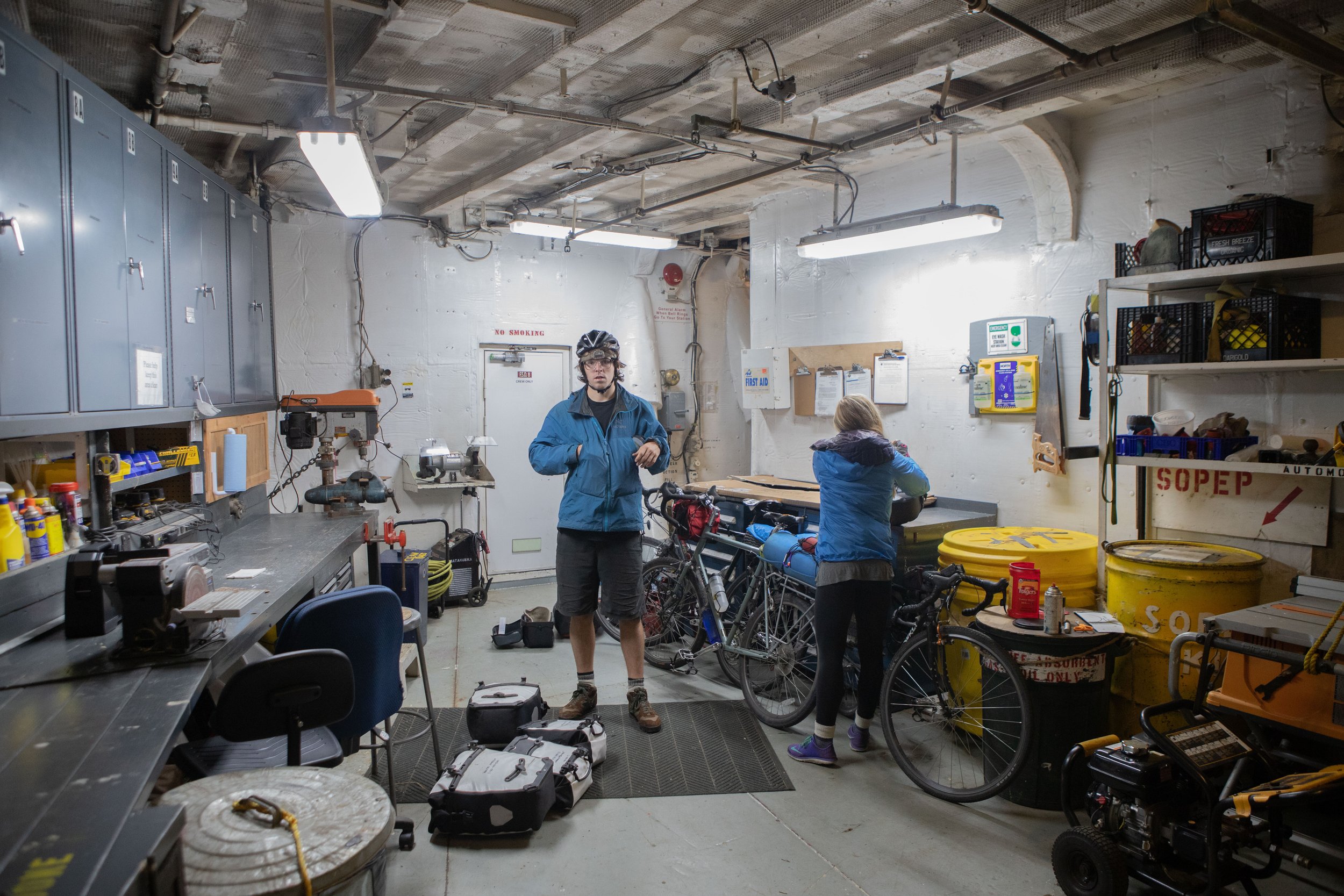
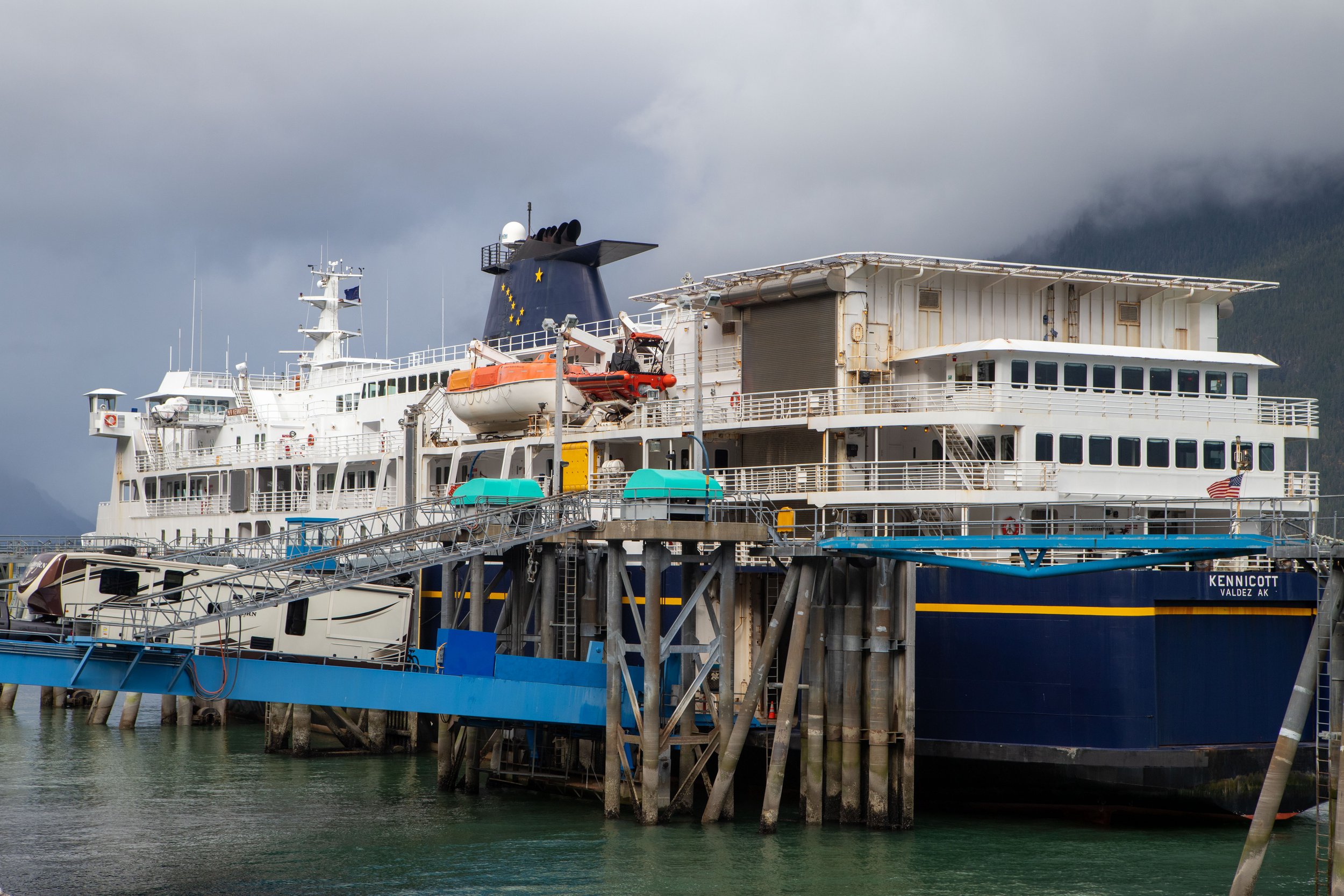
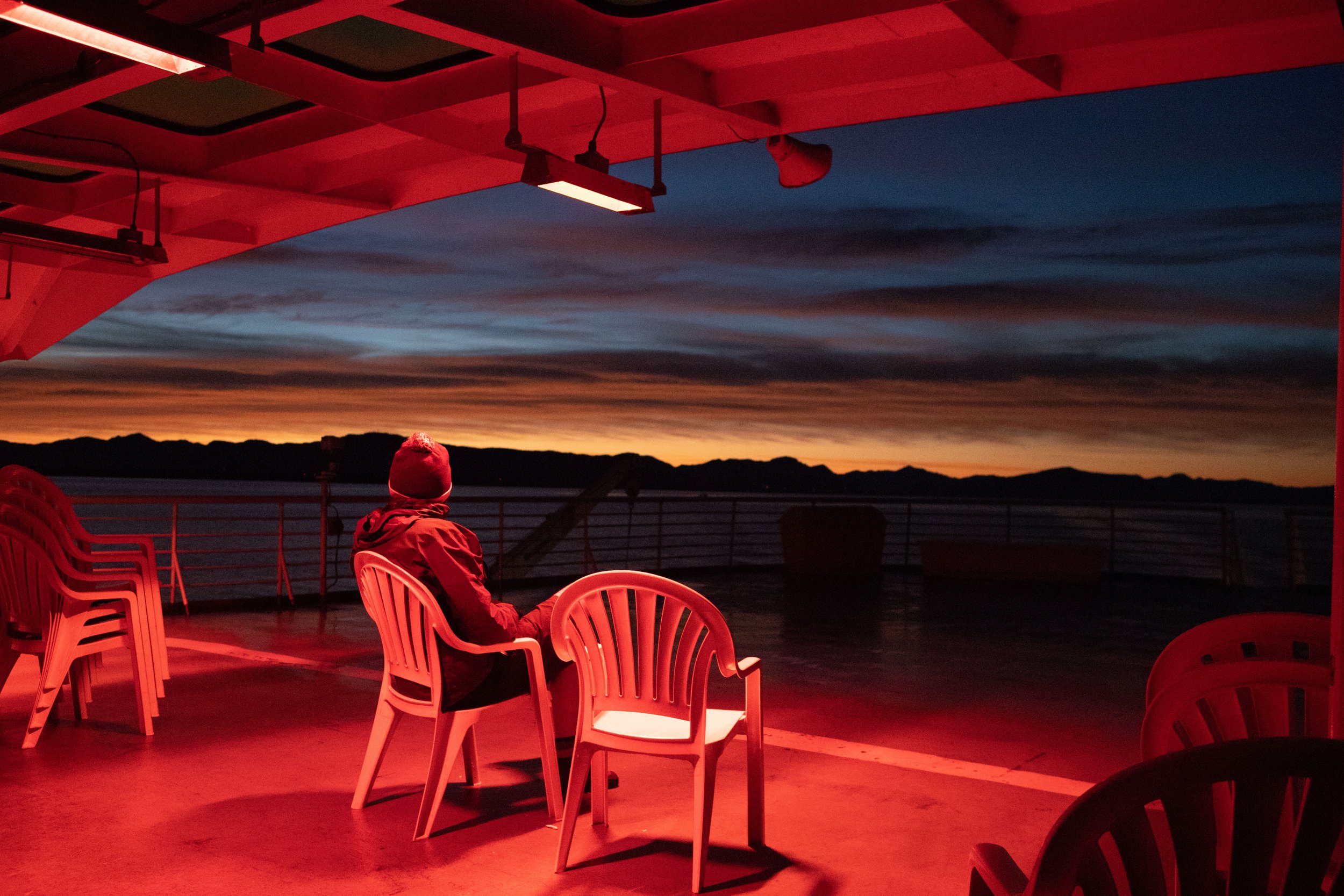
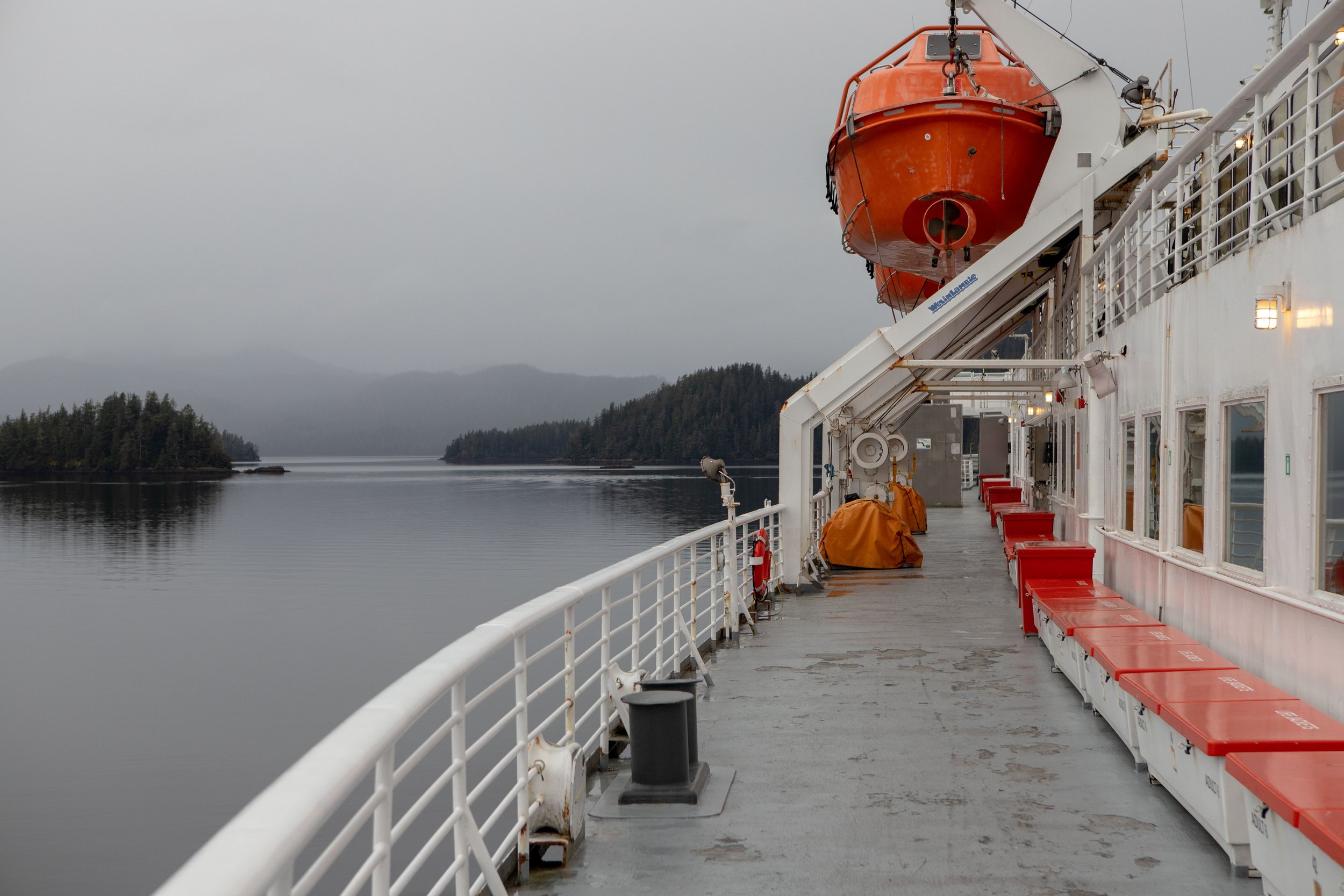
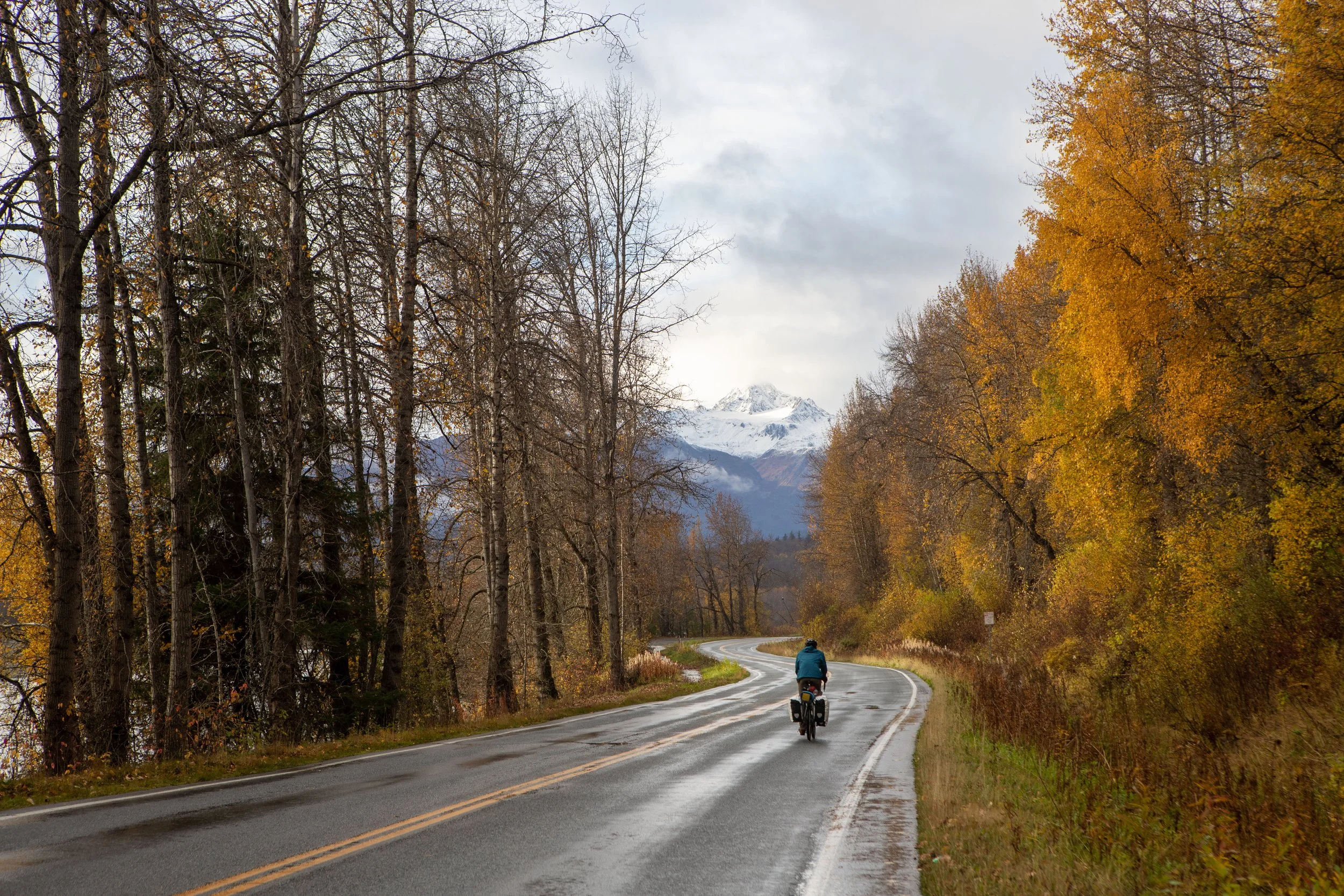
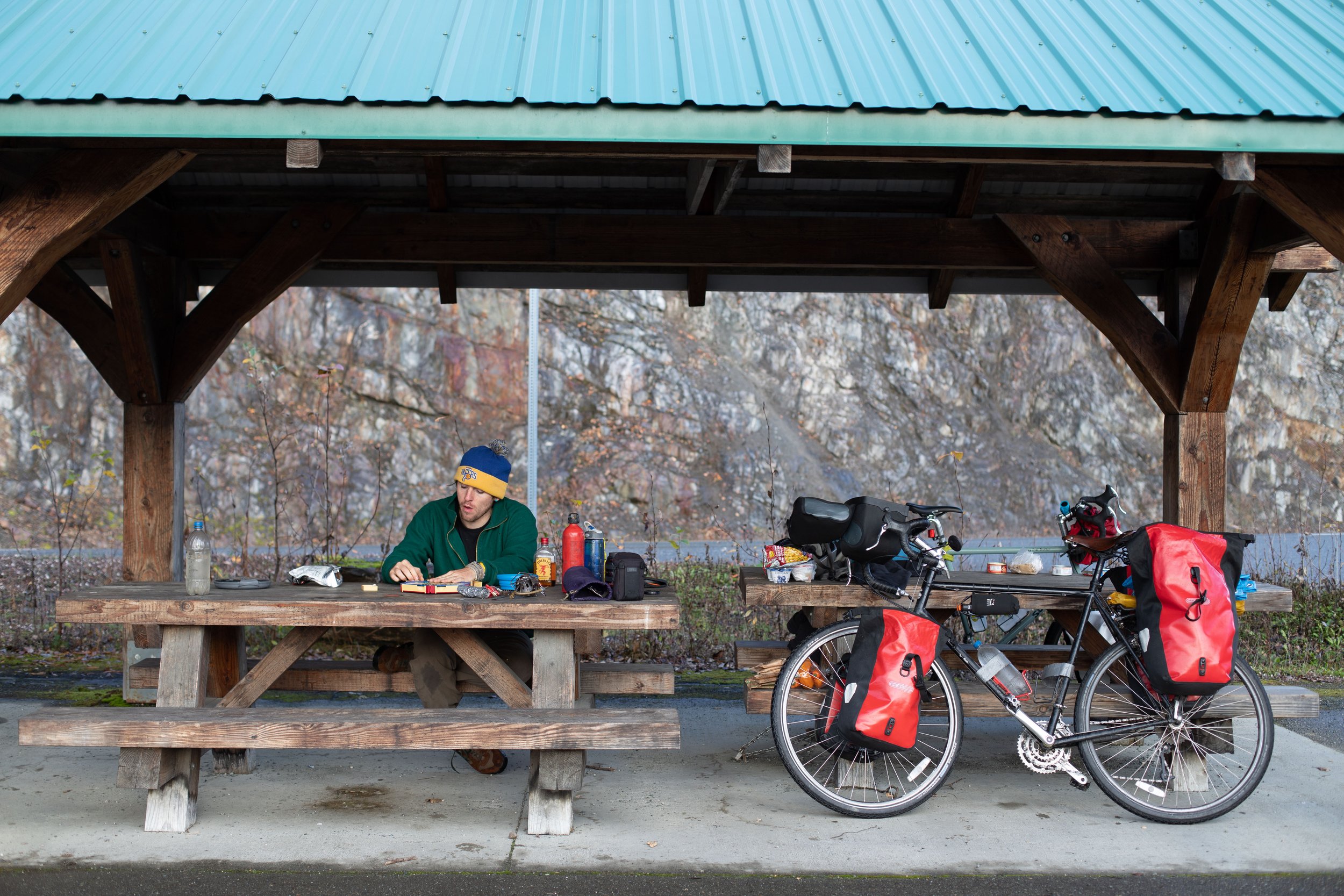
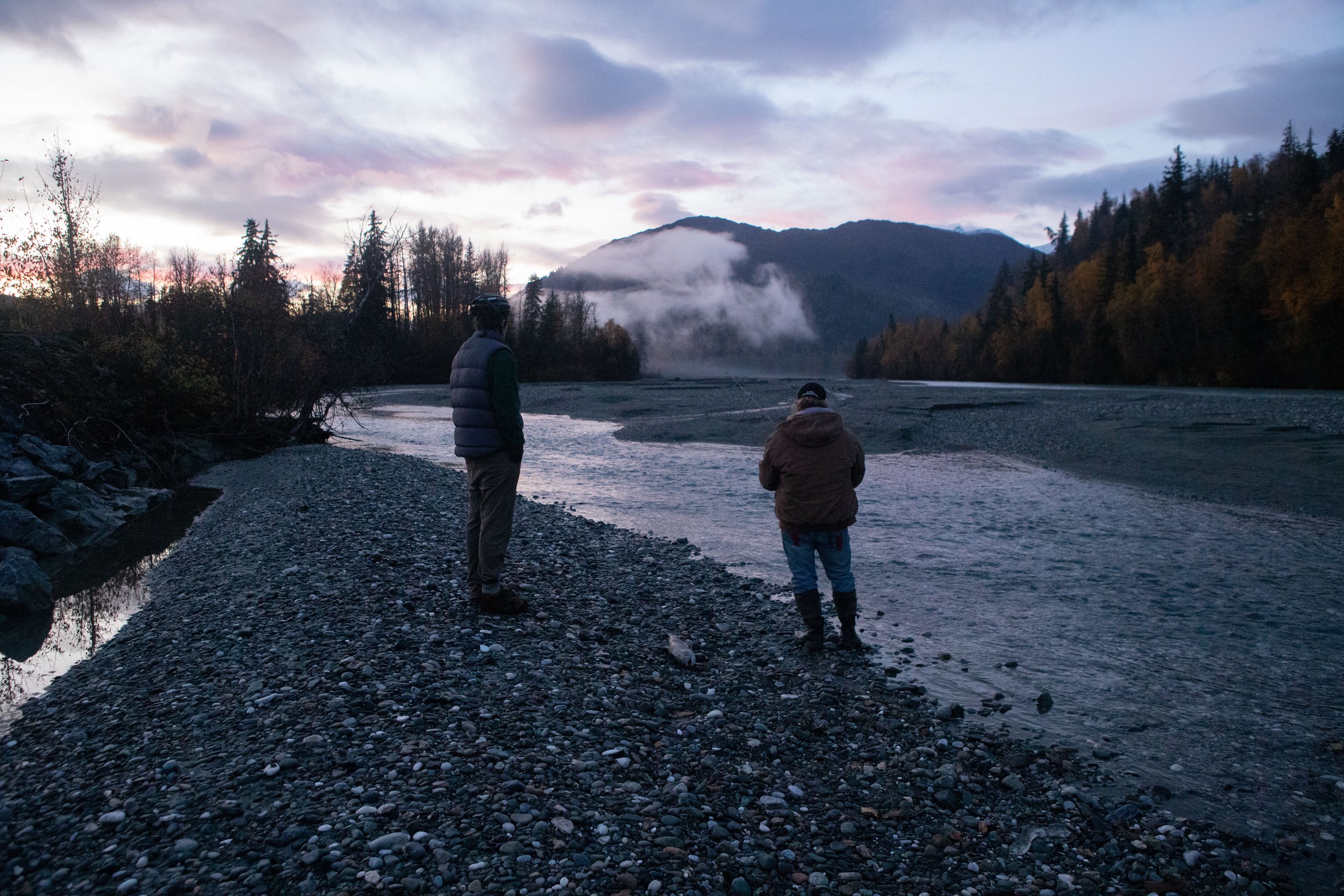

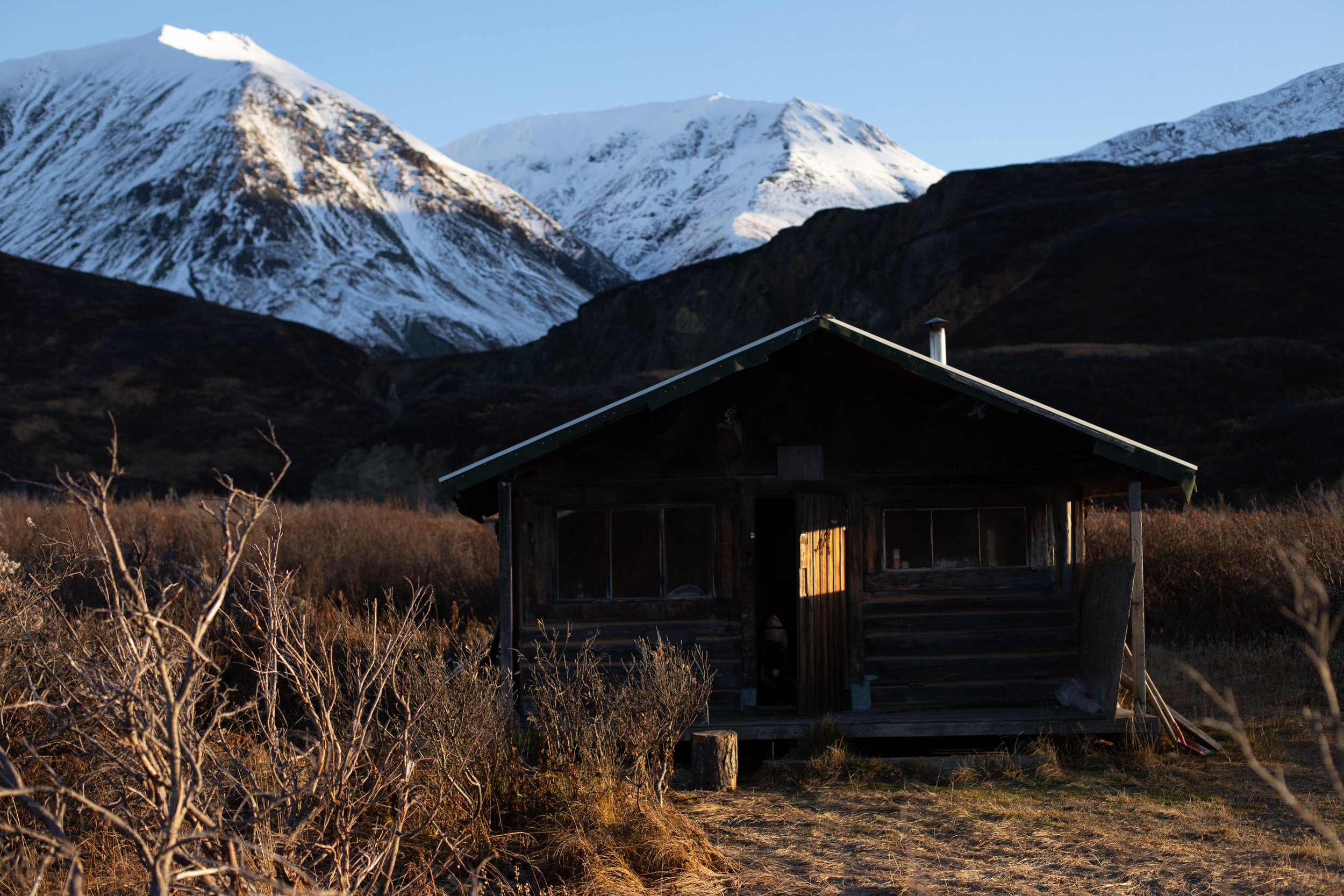
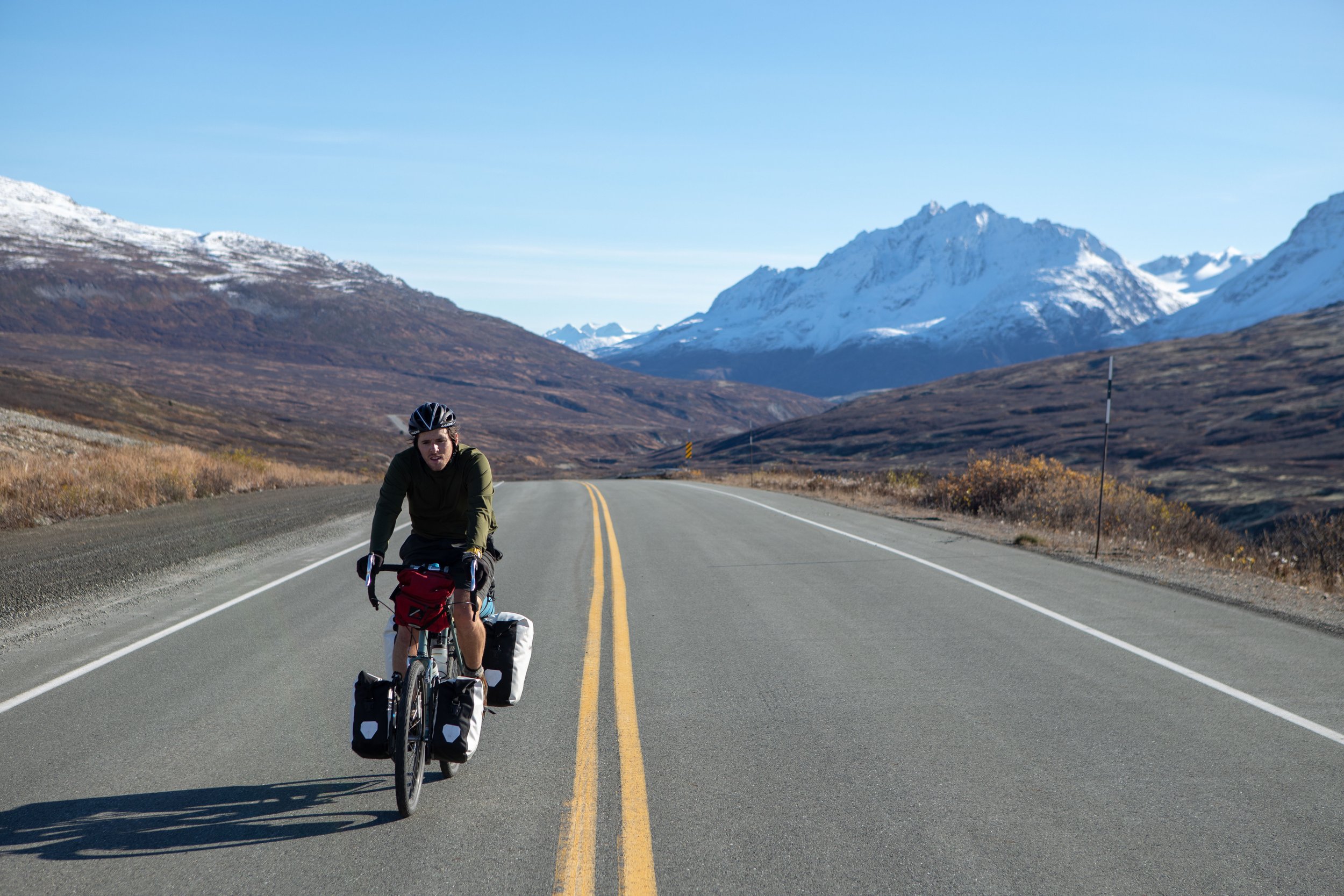
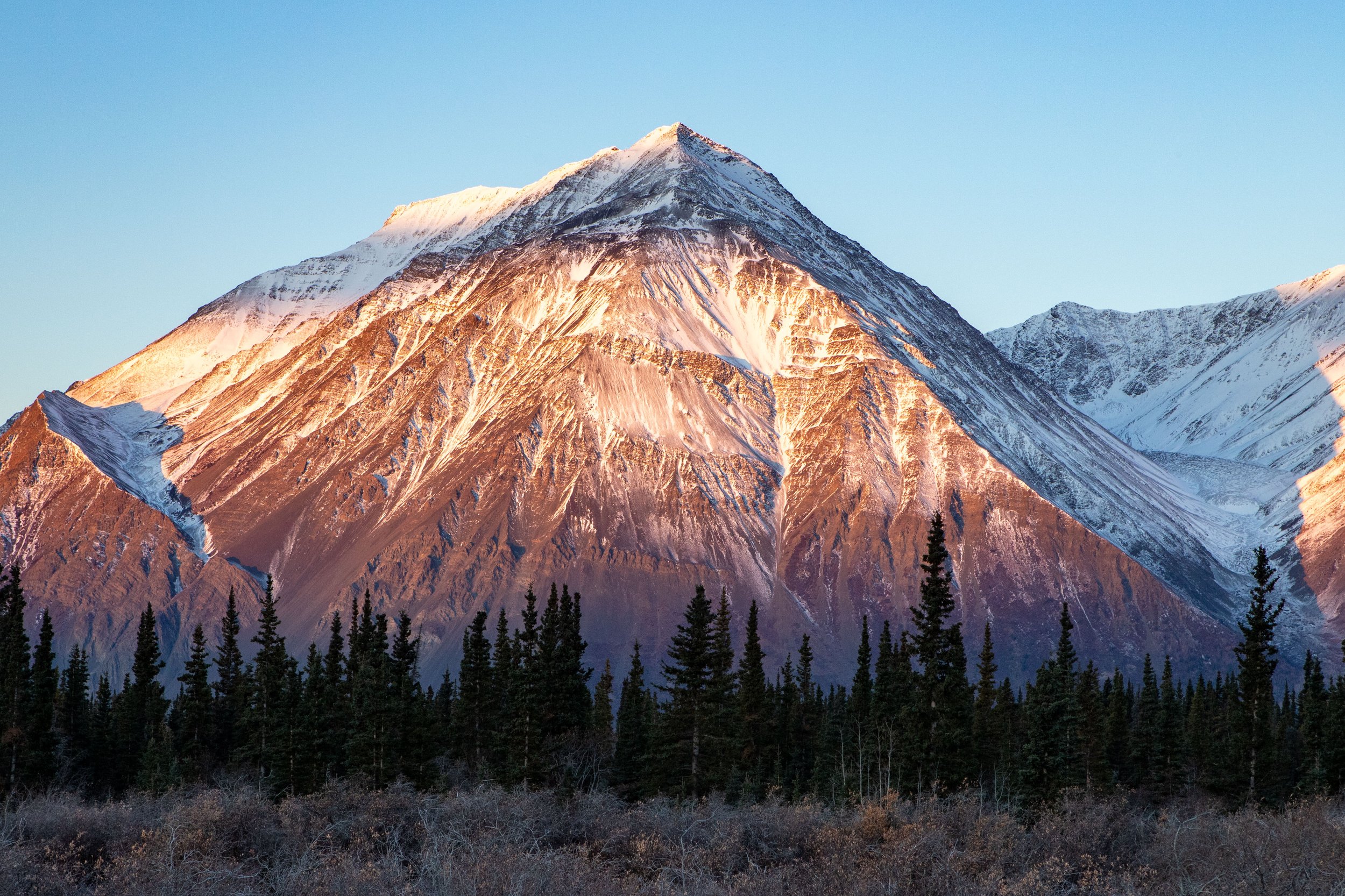
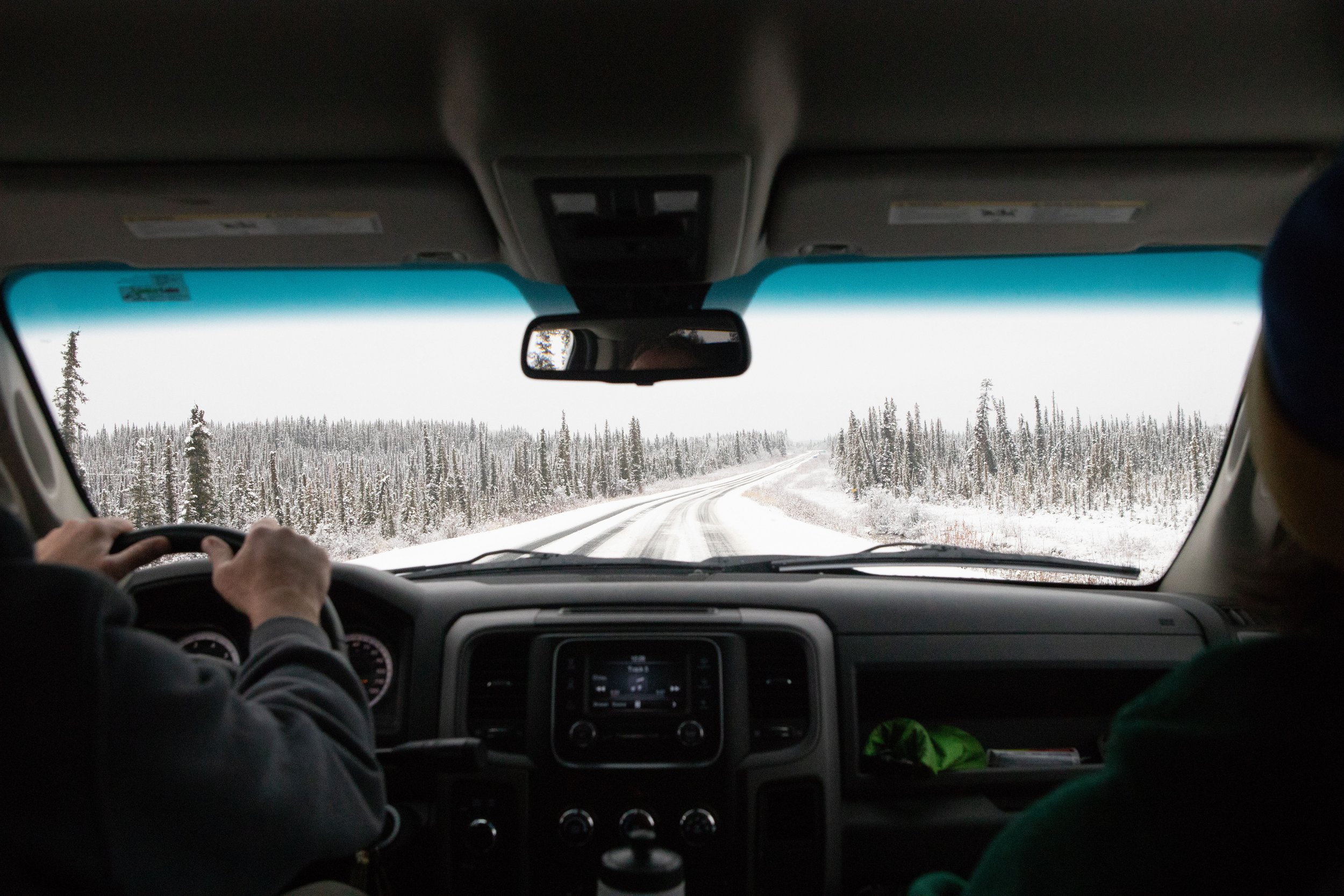
Overview
Back in 2017, I decided to bicycle about 2,200 miles from the Great Lakes to Alaska. The trip took about two and a half months. I started by myself and pedaled for a few weeks across the High Line of Minnesota, North Dakota and Montana. Two friends joined the trip in Glacier National Park. We then took the Icefield Parkway, turned west on the Highway of Tears, and then booked tickets up the Inside Passage on the Alaskan ferry system. The final stretch, one of my favorite sections, was bicycling from Haines to Anchorage.
Why two months on a bike?
It could have been the physical and mental challenge of moving my body over a great distance, the opportunity to spend quality time with good friends on a big adventure before our lives became swallowed by responsibility, or an attempt to better understand and personally see a large chunk of North America and its people from the slow intimacy of moving at 10 mph.
Route below
Red: bike, Blue: ferry, Orange: bike and hitch-hiking
Heading West
The towns, reservations, and roadside communities I traveled through on the prairie were sparse but beautiful. There’s nothing quite like dusk under the big sky, a small town fish fry, or watching the wings of an incoming storm.
After pedaling the prairie for a month, two friends joined the bike ride near Glacier National Park. With fresh legs, we made our way towards the Icefield Parkway and the Canadian Rockies. After a few weeks, we reconsidered our plans. Two feet of heavy snowfall halted biking for days. Rather than risk a wintery end to our bike tour, we turned west and pedaled towards Prince Rupert in British Columbia to catch the ferry up the Inside Passage to Alaska.
Mileage
My daily mileage varied between 40-100 miles, depending on weather, winds, and the pitch of the road.
What do you eat?
In my experience, there are two ways to approach food: buy as you go and eat out frequently or stock up at the grocery shop and cook on your own to save money. Overall, I shot to be cheap, but often hunger ruled. It wasn’t abnormal to eat a pizza, gulp a six pack of beer and devour a bag of Doritos after a long day.
Where do you sleep?
My number one rule for sleeping was free: empty baseball dugouts, campgrounds, church lawns, city parks, cemeteries, public use cabins. I’d knock on doors and ask strangers for a place to set up a tent. They all work and the more you tour the more you discover that finding somewhere to sleep is easy. The versatility of a bicycle is discreteness and pace. Where a car on the side of the road attracts attention, a bicycle pulled into a field is invisible. There are great resources out there for touring cyclists like Warm Showers and Couchsurfing.
The final stretch
The last chunk of the bike tour from Haines to Anchorage ended up being one of the most scenic stretches of the entire trip. It was remote, cold and wet, but breathtaking bicycling. Temperatures began to drop into the single digits, so Walter and I reluctantly decided to hitchhike the final two days to Anchorage, completing our multi-month bike tour to Alaska.
So, you want to bike tour? Here are some tips!
On my first bike tour, I had a friend who knew something about long distance biking point out a bike for me on Craiglist. He then checked out the bike to make sure it was okay and helped me tune it up. I paid $700 for a used Surly Long Haul Trucker with a leather Brooks seat. This turned out to be a wonderful decision. I also borrowed two Ortlieb panniers from another friend who had them sitting in a closet.
I guess what I'm suggesting: find someone who knows something about biking to help you get set up with solid bones and don't spend a lot of money on equipment. The trip will become incredibly expensive if you go to a bike shop or REI and buy everything new. You can do it for much less. I'd say the most important piece for happiness is a reliable bicycle, tires, and the seat. The rest is easy. I prefer to just go. Committing is the hardest part, but you'll figure it out along the way. Buy yourself a one way ticket or start bicycling from your door.
Do you want to bike alone or with friends?
There are pros and cons to both. I did my first bike tour, which was a little over a month and 2,000 miles, alone. It's not for everybody, going alone, but I wouldn't change it. I think it’s something everybody should do. Loneliness usually hits for me around 4-5 weeks.
Going with a friend is definitely more fun, but now you’ve got to think about fitness, what kind of trip everyone wants to have, who is a morning person versus a night owl, and how you’ll handle the close proximity to one another over weeks. I’d recommend being intentional when you invite friends.
Seasons
Alaska's window for decent weather is limited. Unless you're heading south, I'd take that into consideration. We encountered temperatures near 0-15ºF in October. You could expect the same in the spring. Alaska is a more challenging tour because of the limited road system, remoteness and intensity of the weather.
Route
I came up with my first route, which is different than the bike tour above, purely through practicality: I needed to get to Oregon. For the route, I used Google Maps and printed road atlas photo-copied pages. I did not travel on any particular bike touring routes, which are popular and available through the Adventure Cycling Association. I preferred to make it up as I went. I think this is a good way to start because it shows you that you don’t need to plan much. However, there are a million ways to skin a cat. What might work for me, might not for you. I’d encourage you to find your own recipe.
Gear recs
Ortlieb handlebar bag, small bluetooth speaker to play music and podcasts, and small handlebar mirror to see cars coming up behind you. I'd also recommend a camera for the people you meet, places you sleep, food you eat, and scenery.
Warmshowers app
This is an app made specifically for bike touring. You can reach out to people for a place to stay along your route, sometimes a meal, or a “warm shower.” It’s free and a cool experience in human generosity.
Bike repair
I didn't know much, but I had a reliable bike. At minimum, know how to change a tire or patch a tire on the side of the road without any help. You'll also want a bike multi-tool, tire levers, extra tubes, and bike pump. You can get all of this at a bike shop. Park Tool’s got some good stuff.
Book rec
Adventure Cycle Touring Handbook: https://trailblazer-guides.com/book/adventure-cycle-touring-handbook




